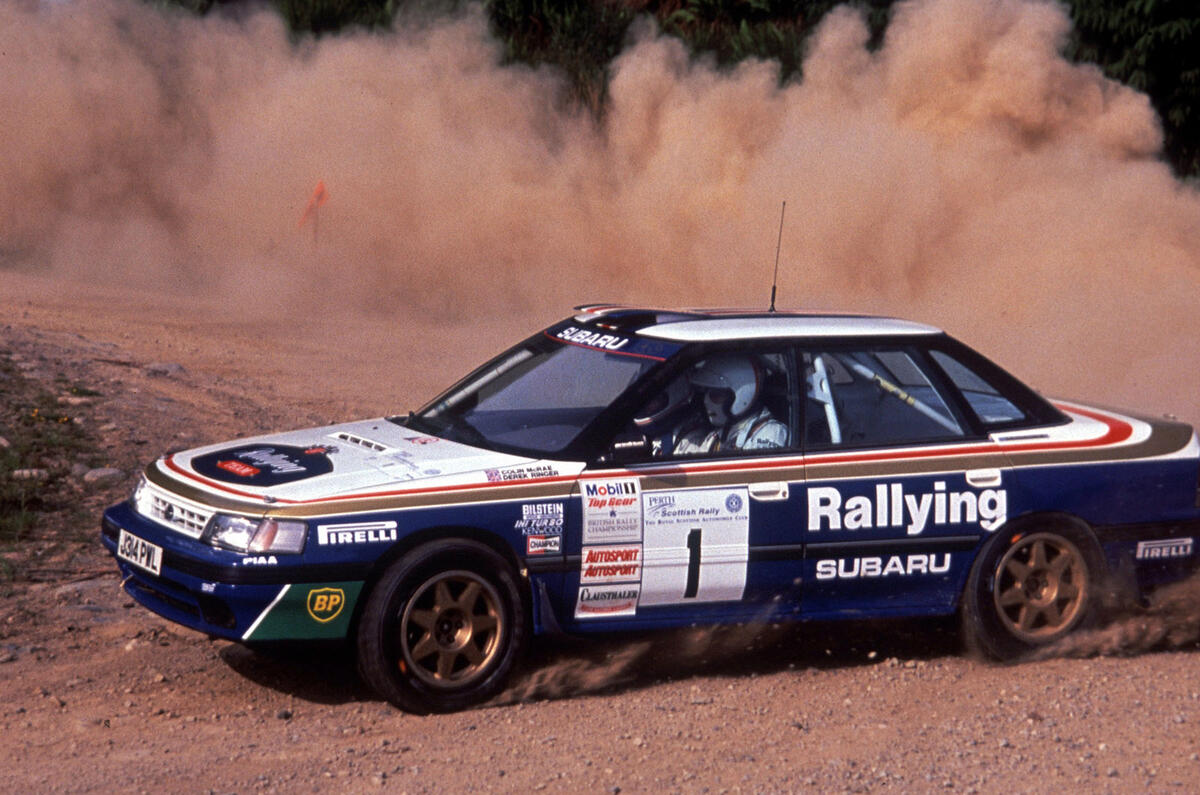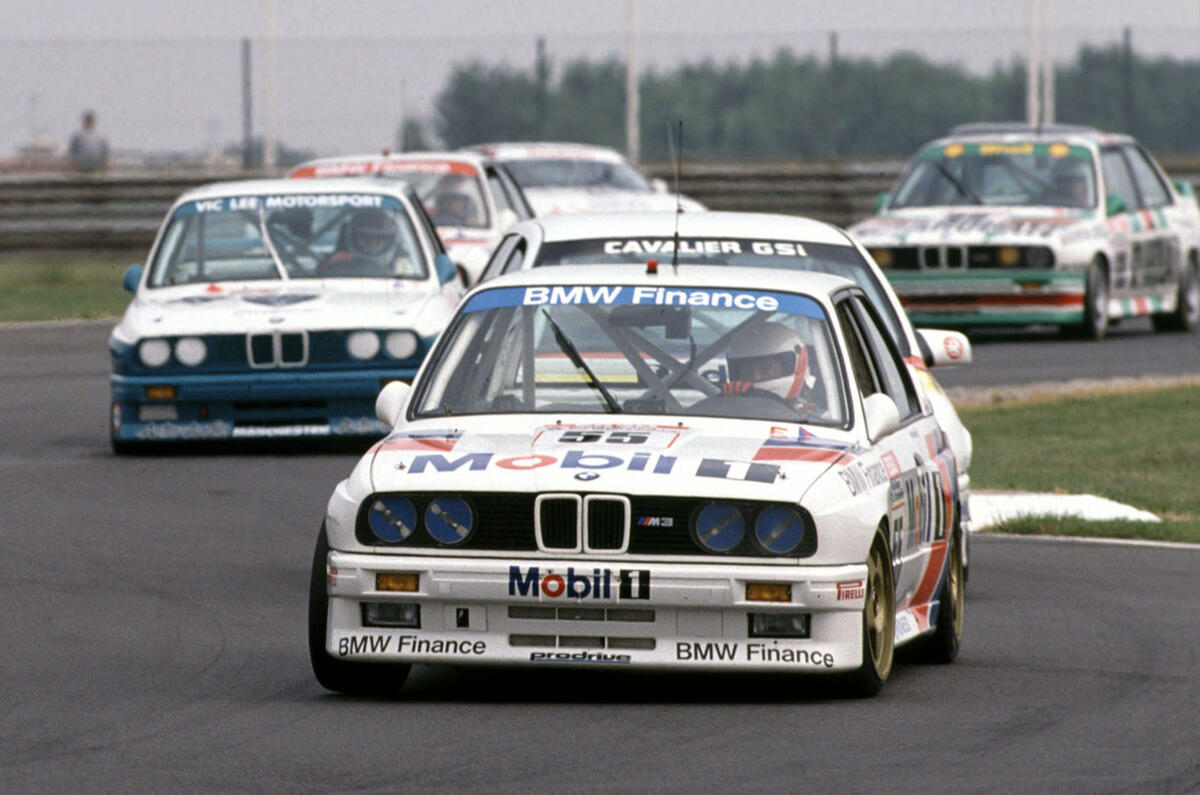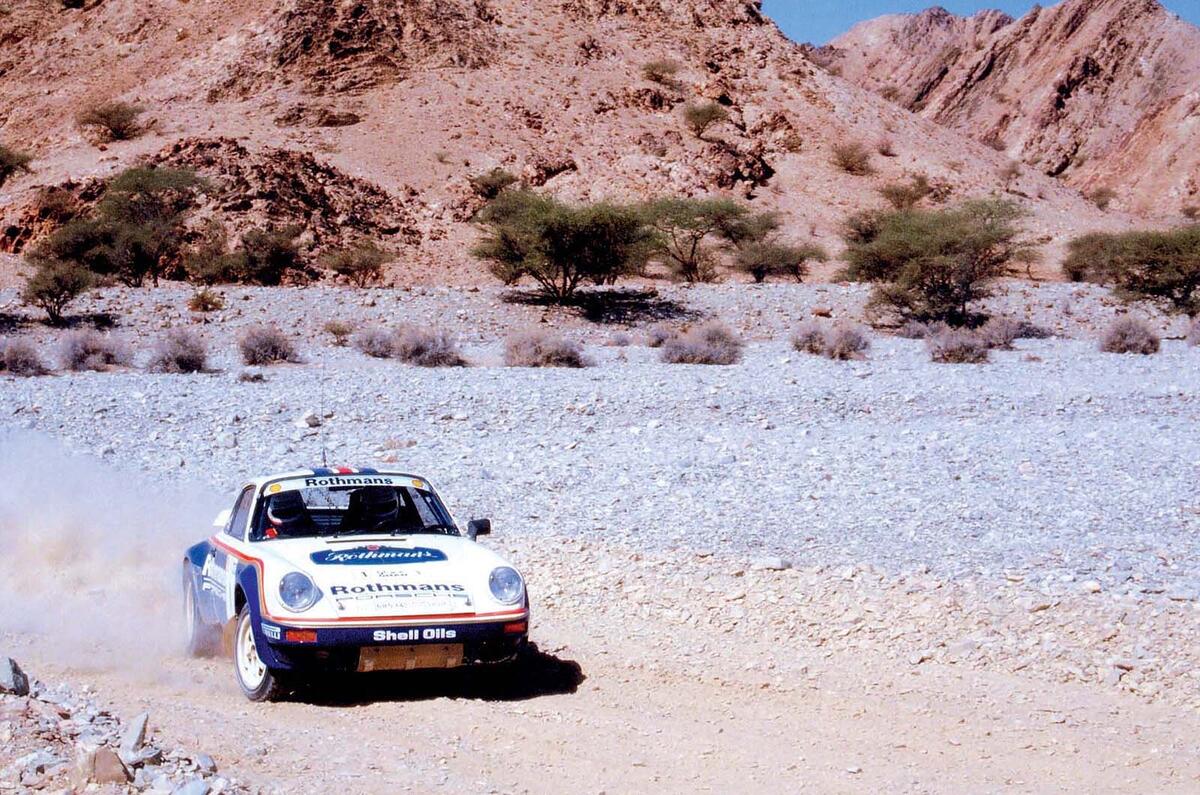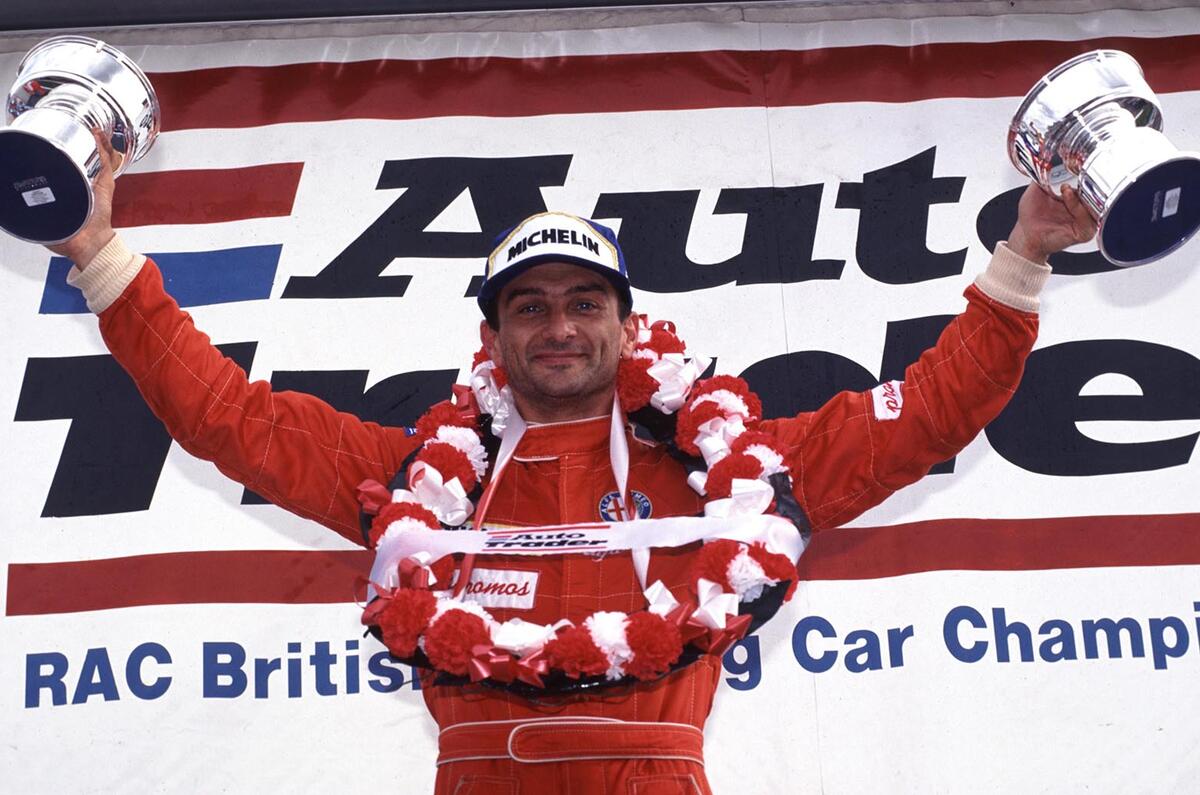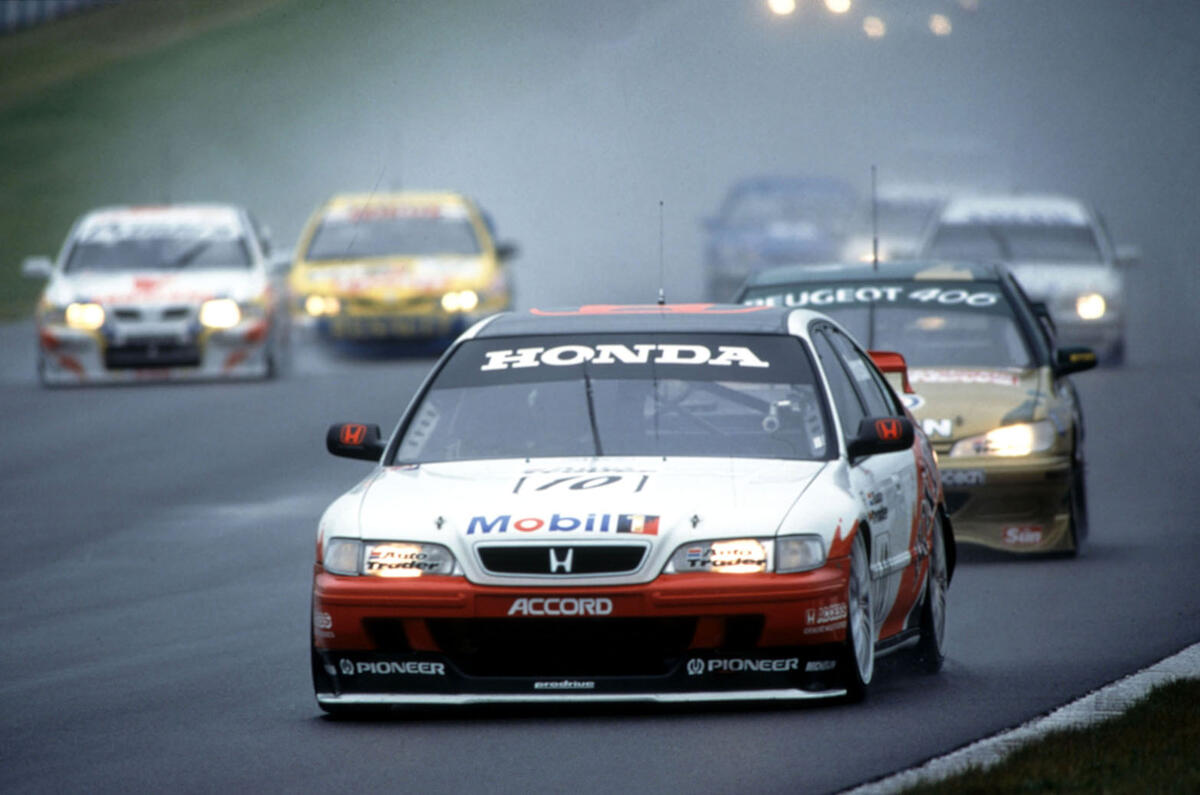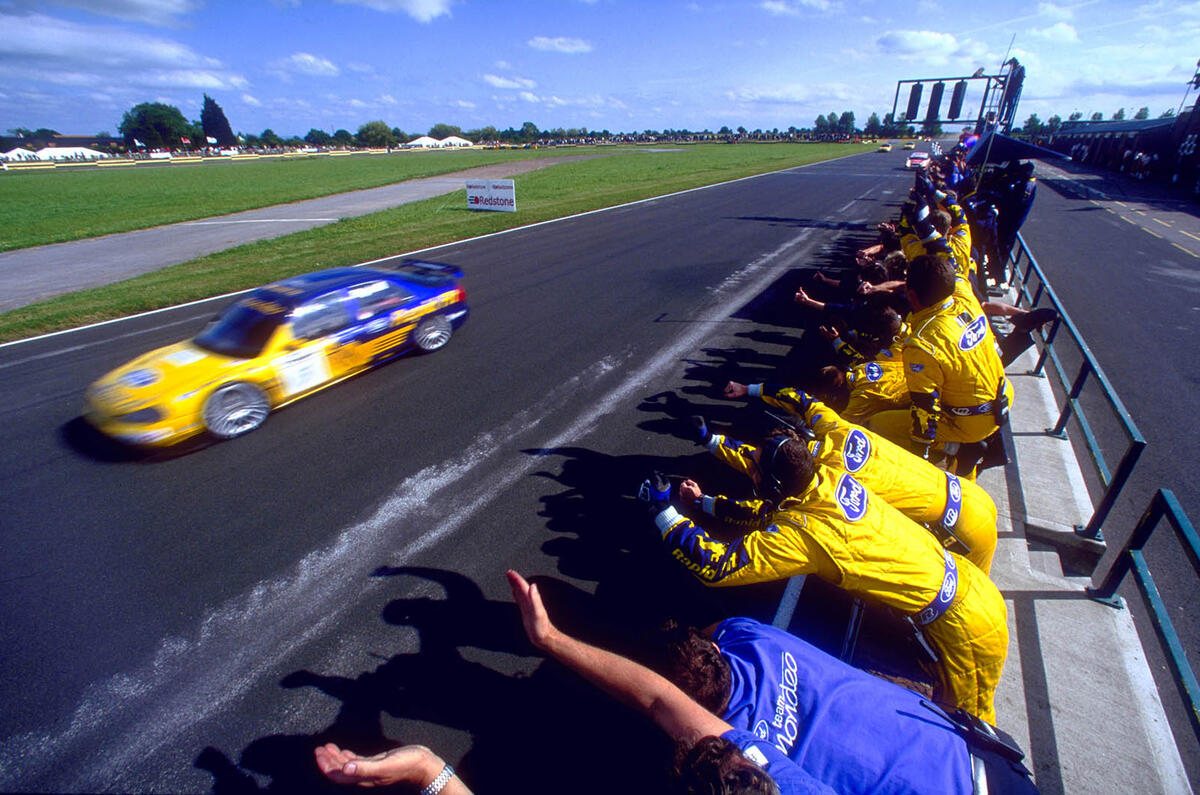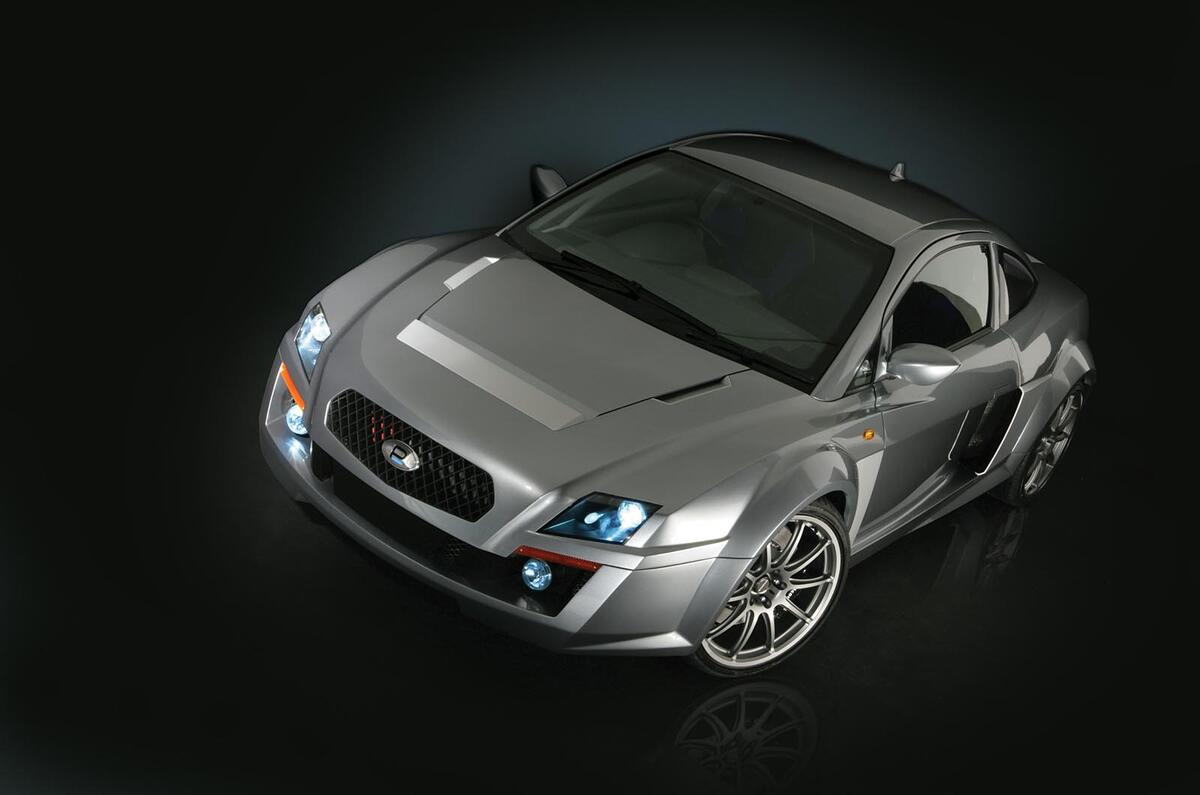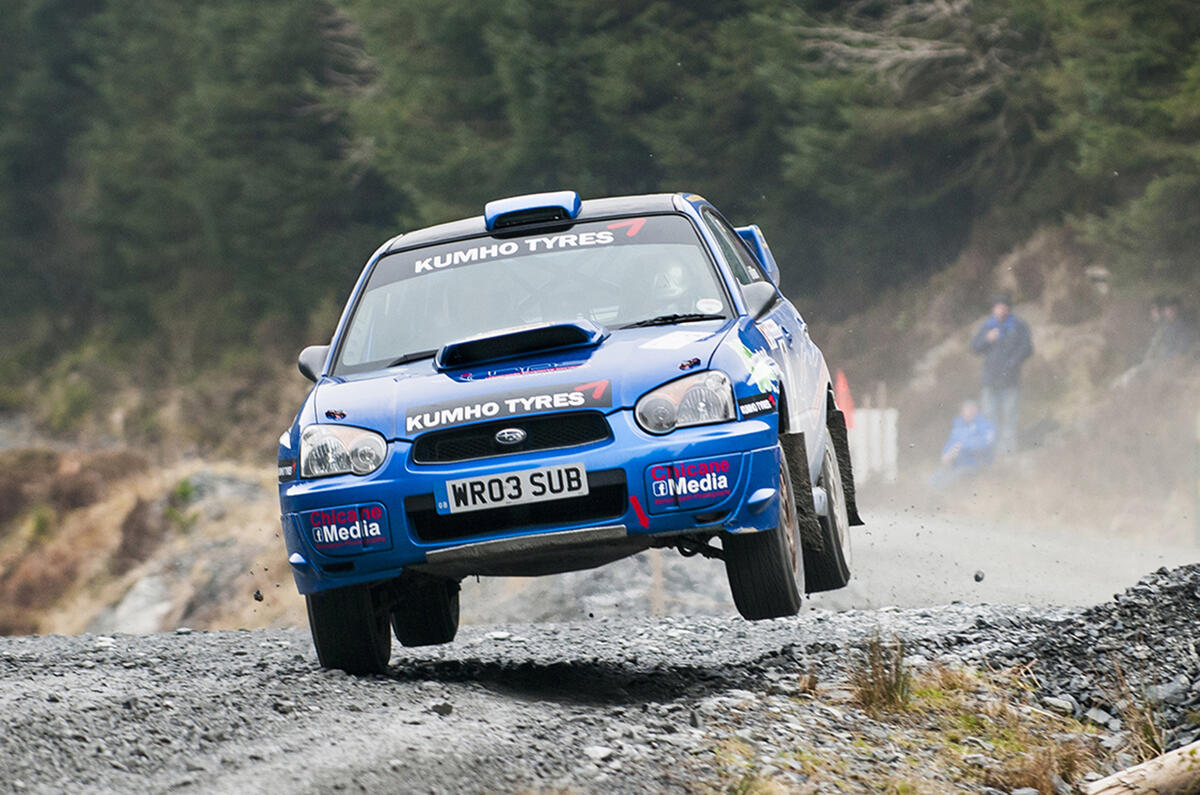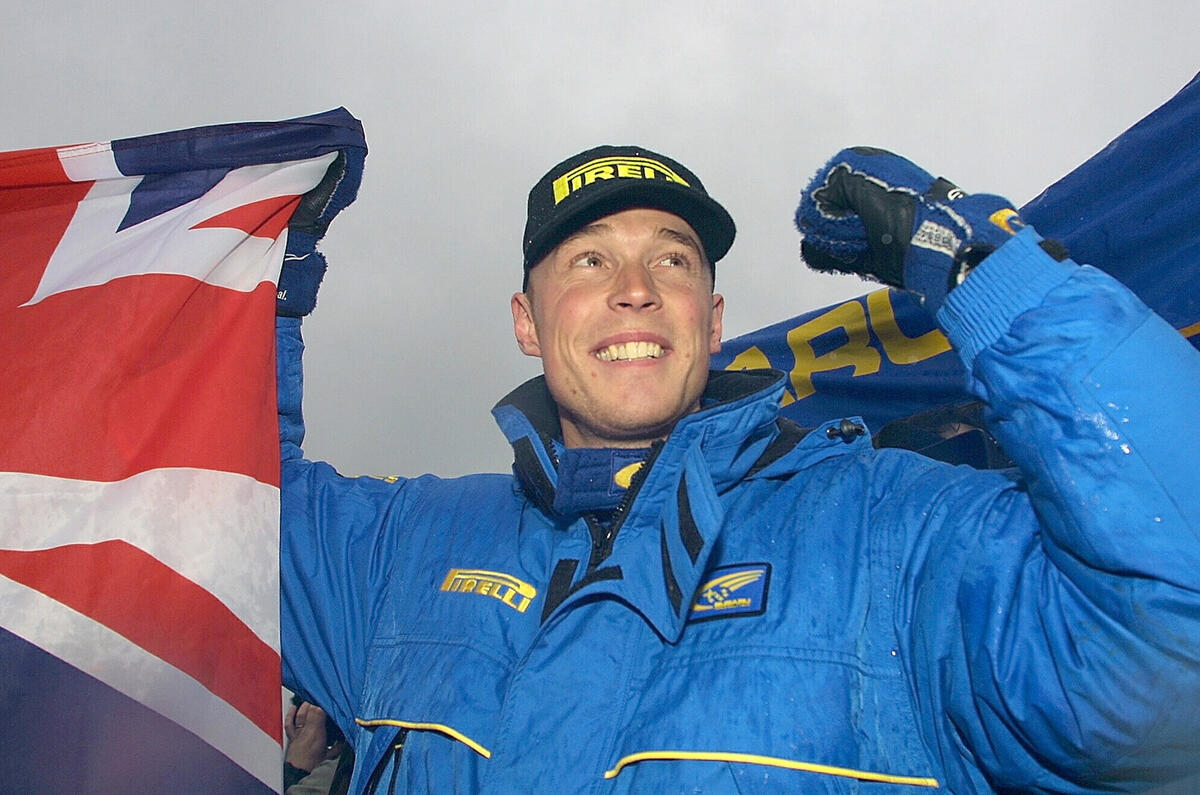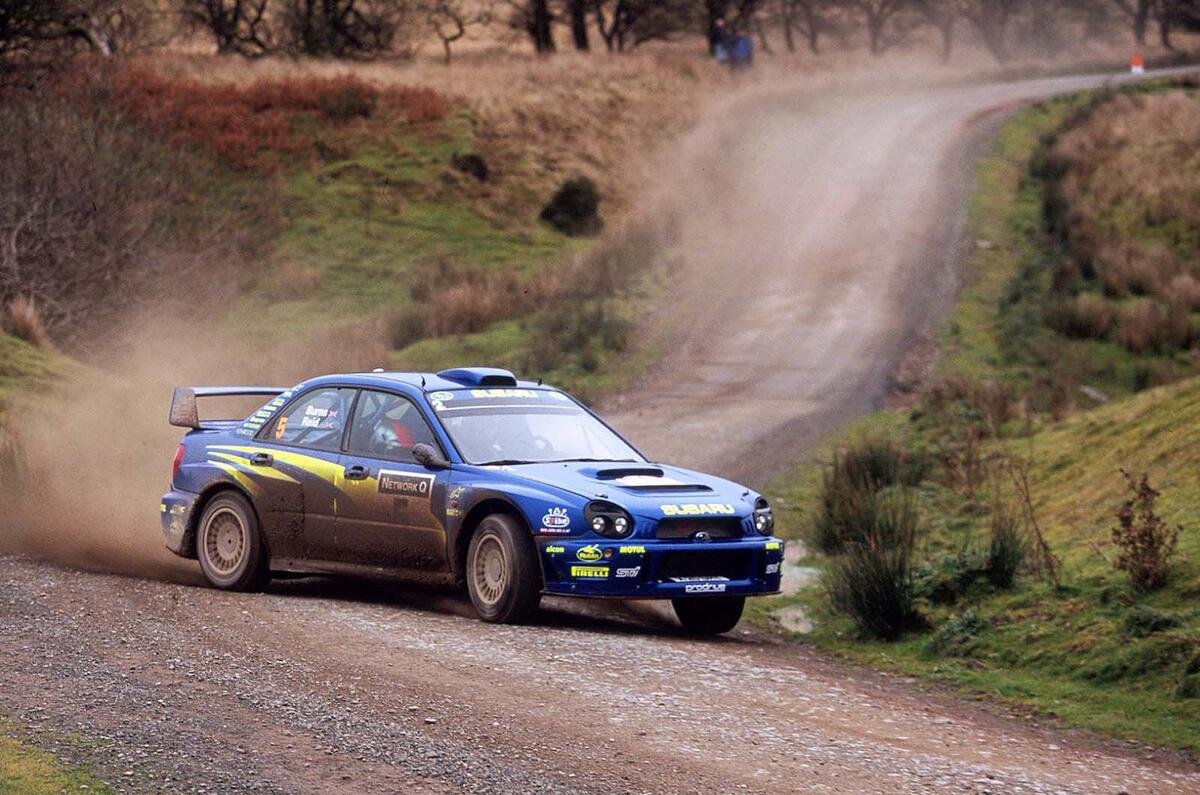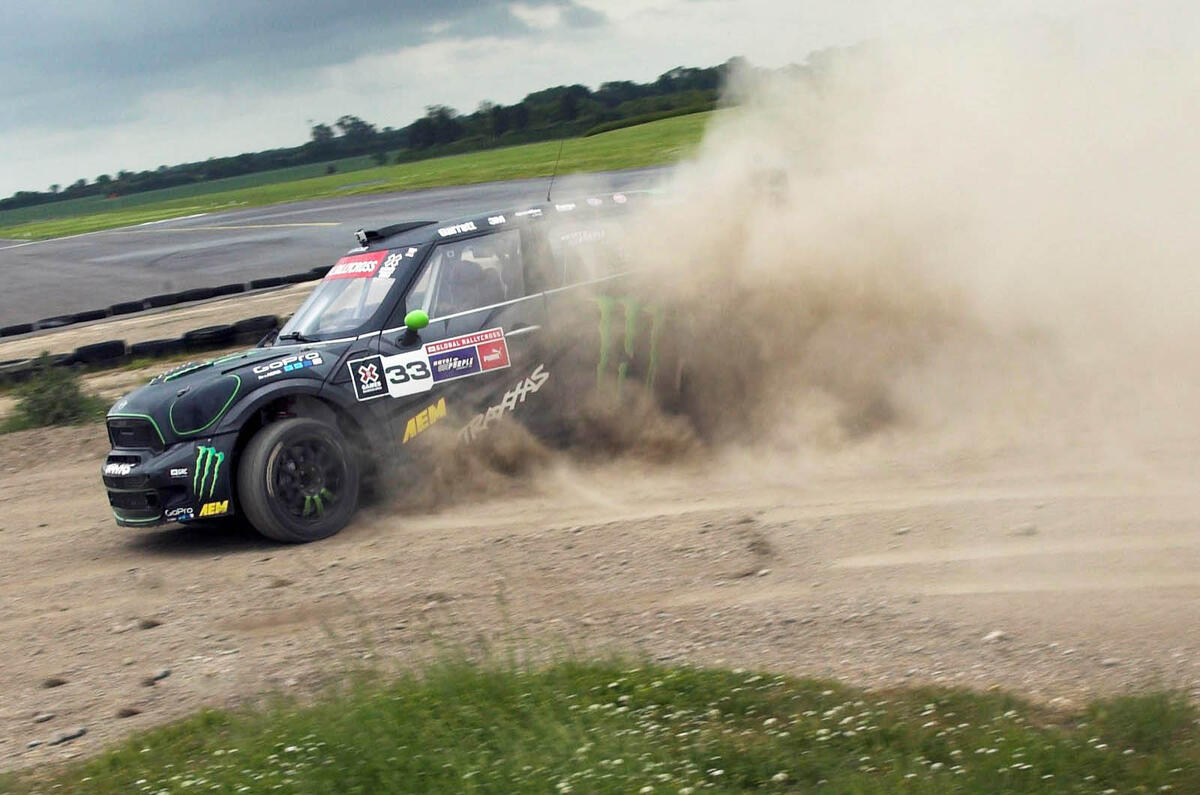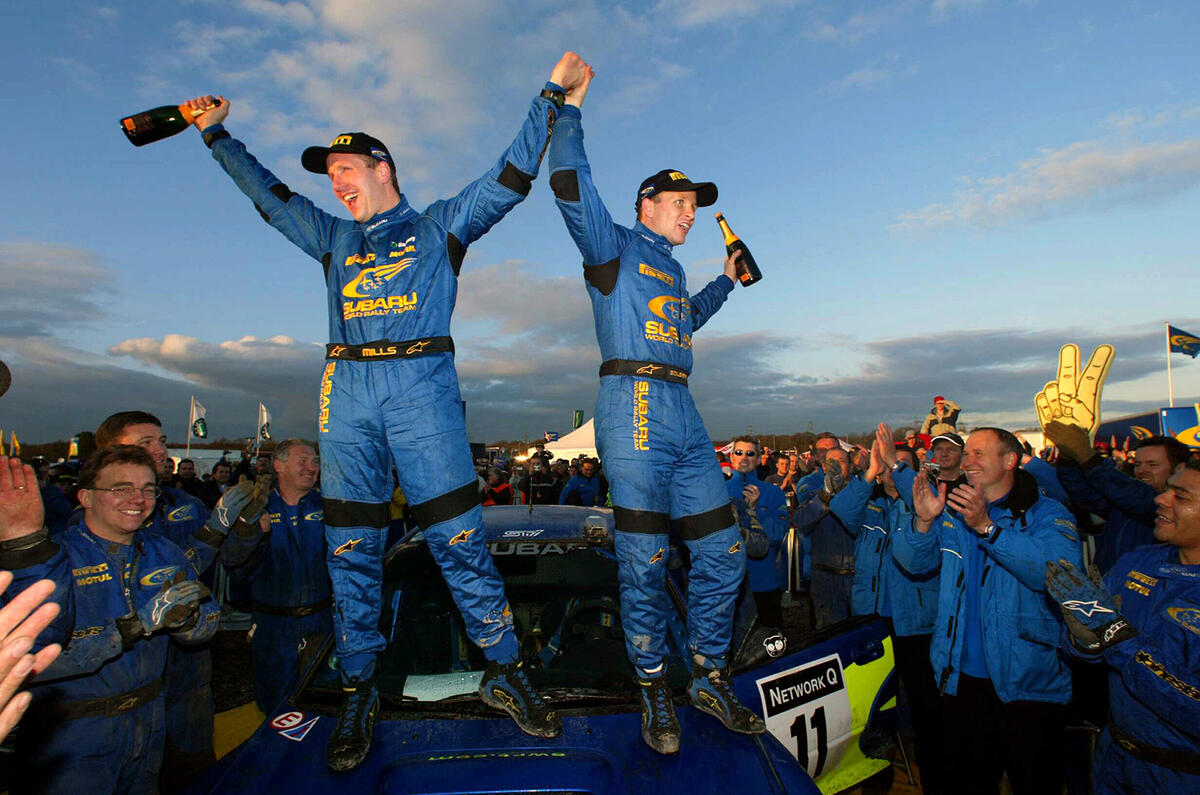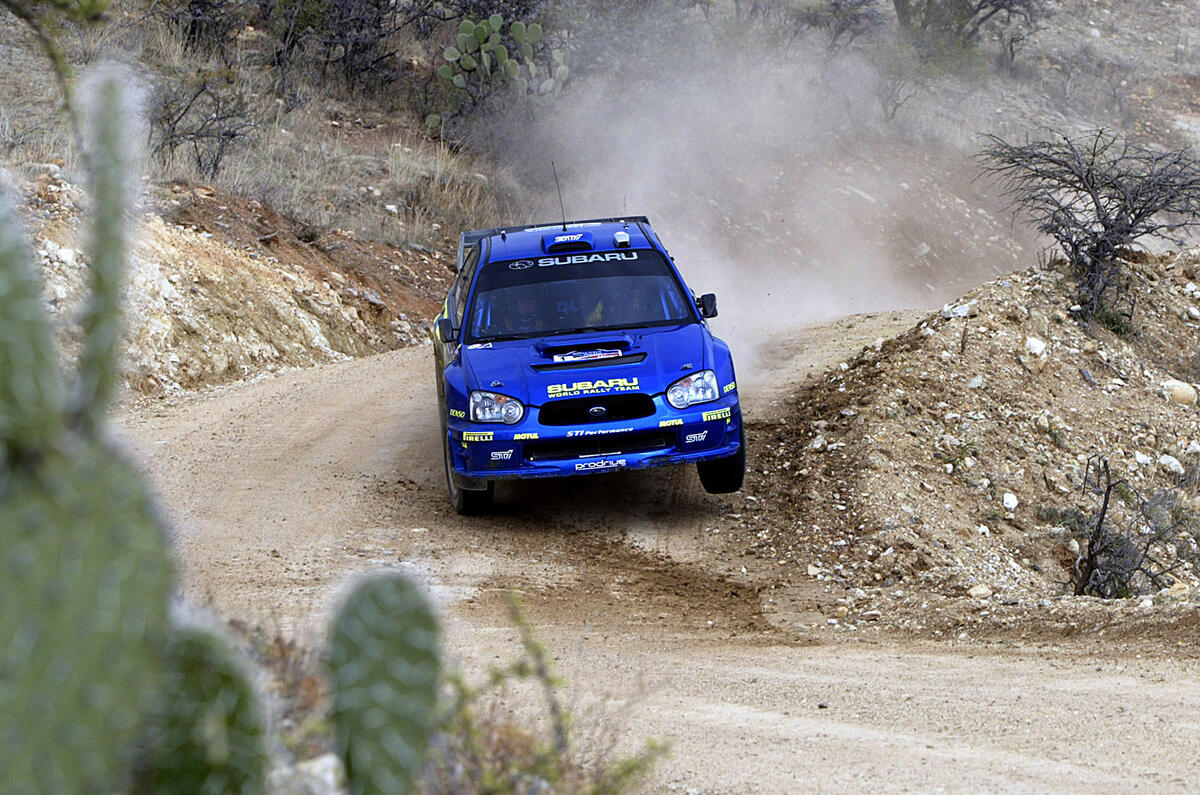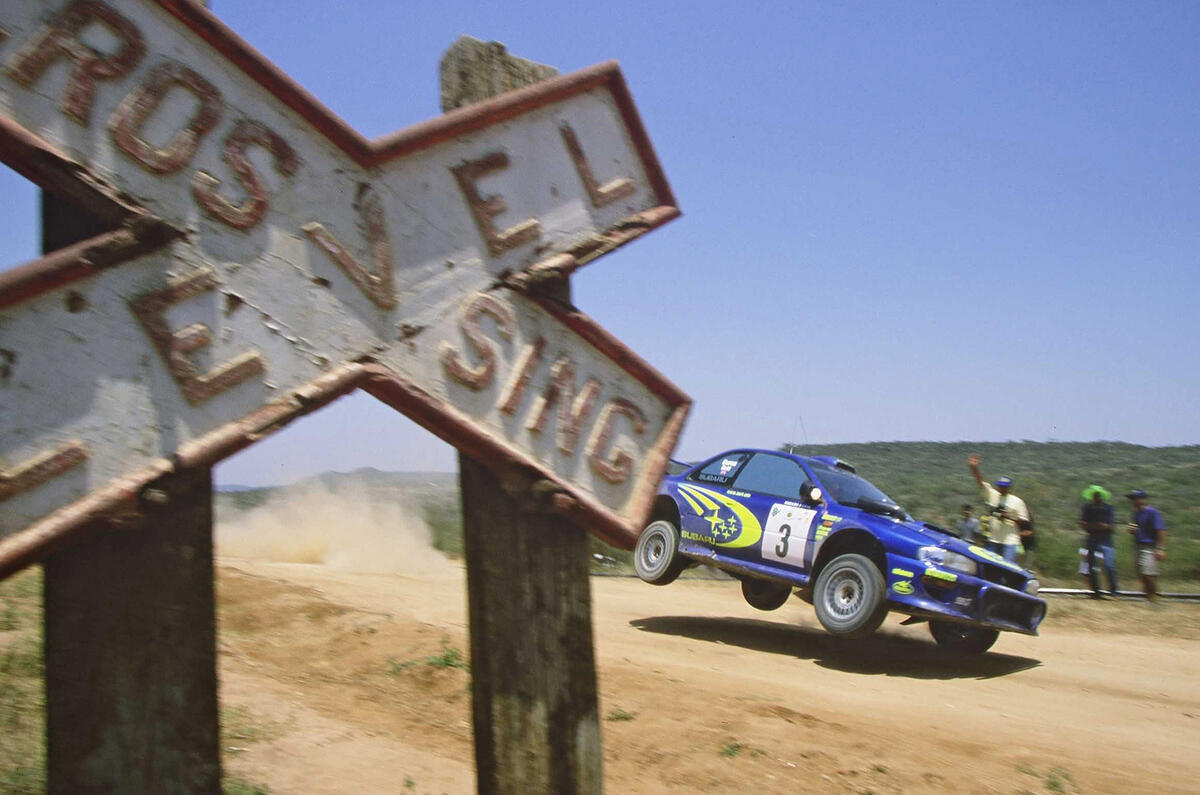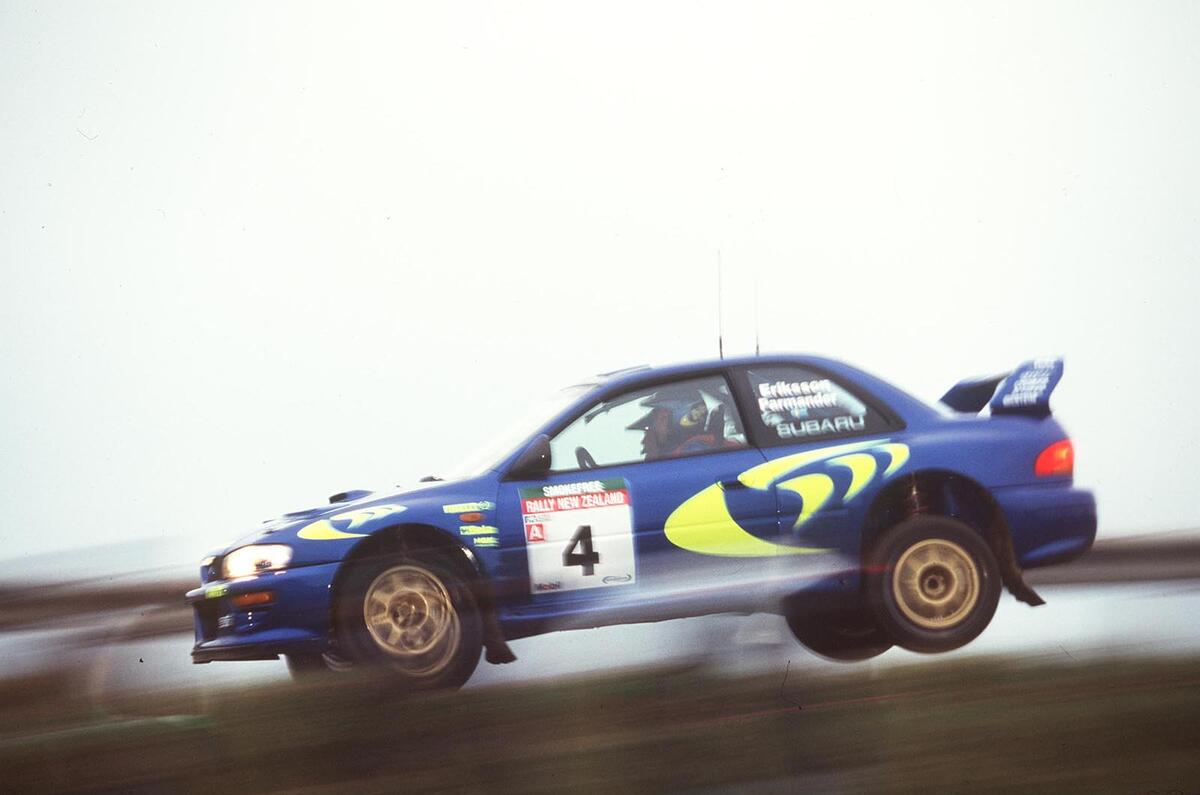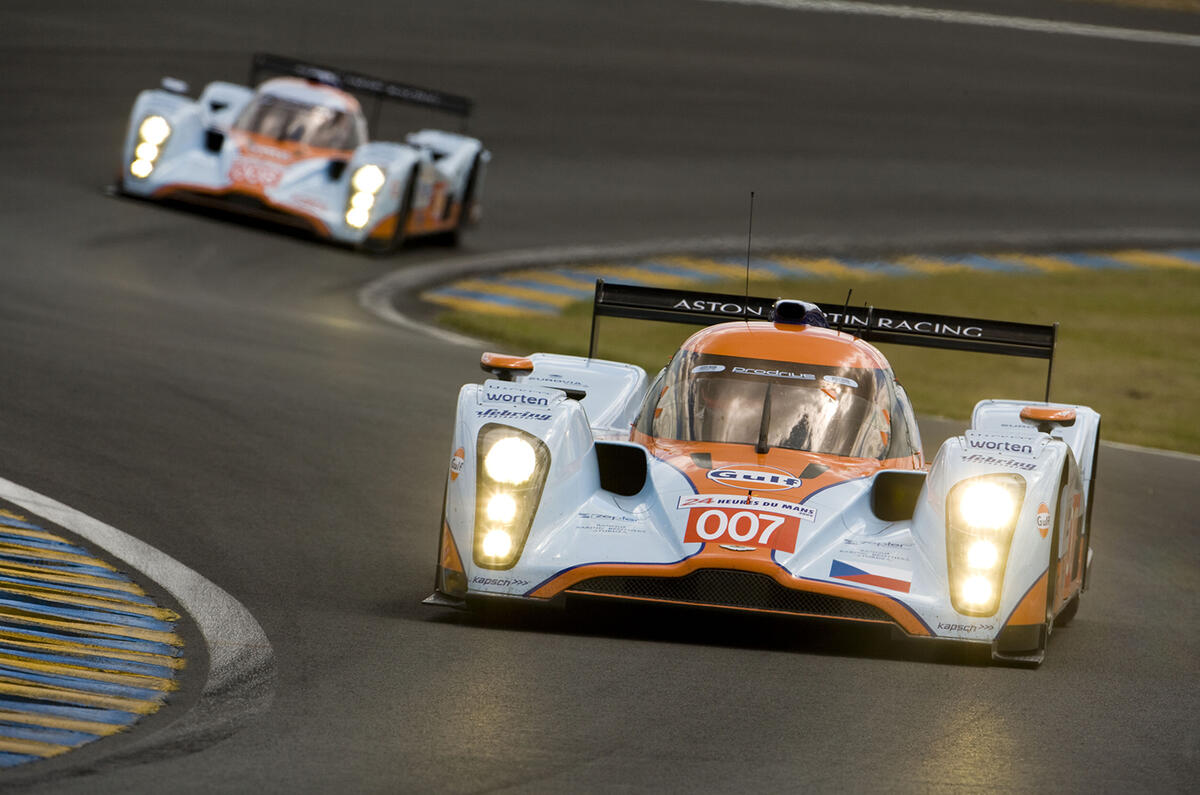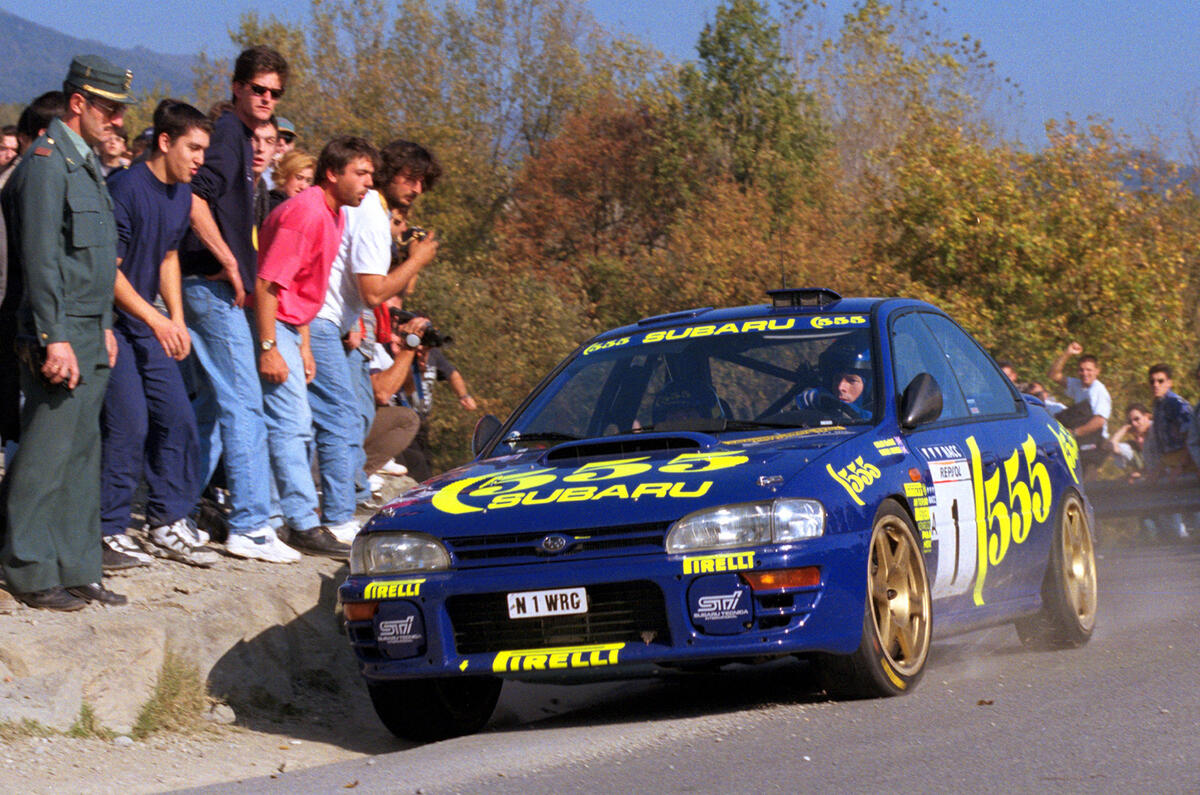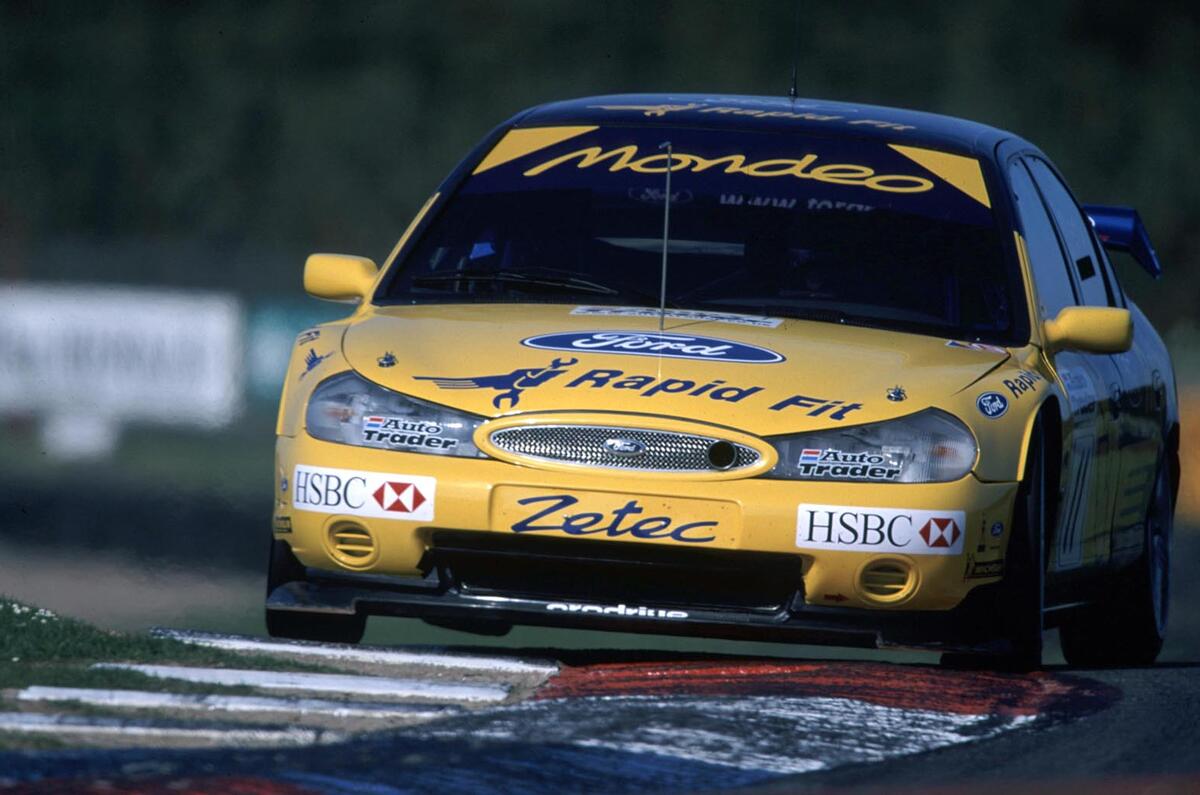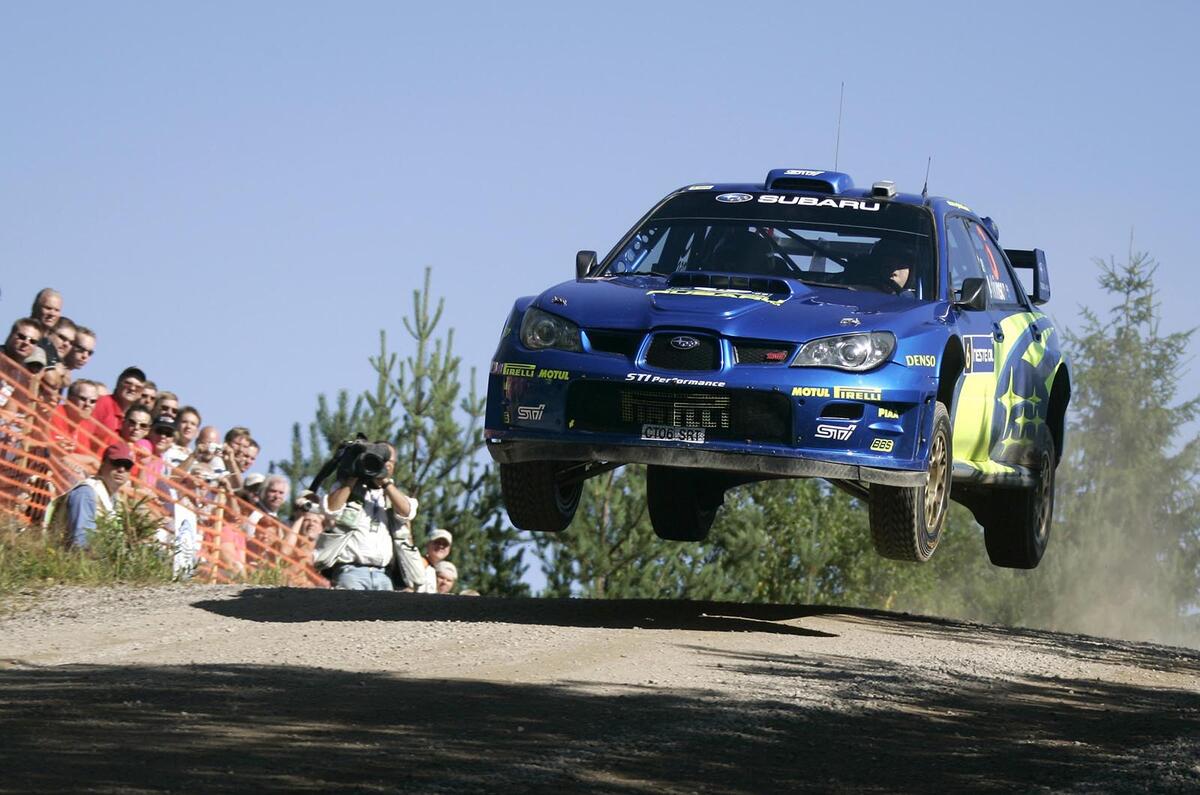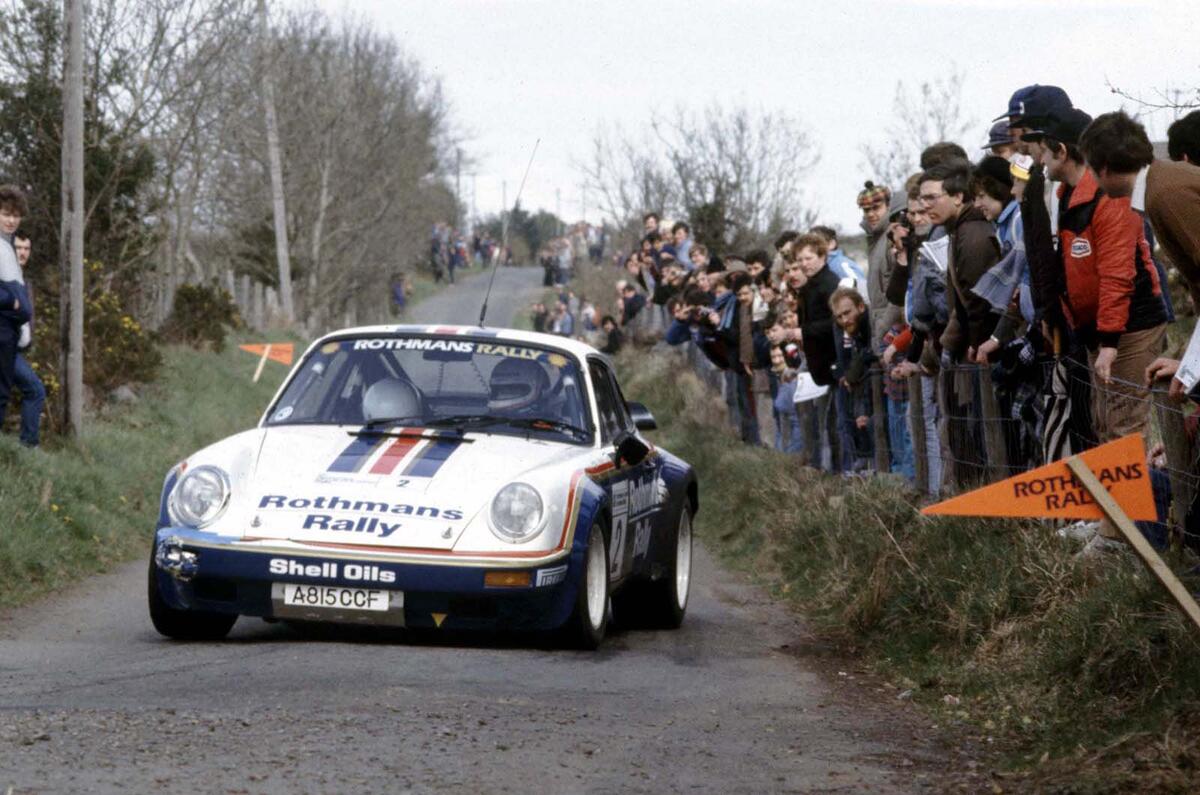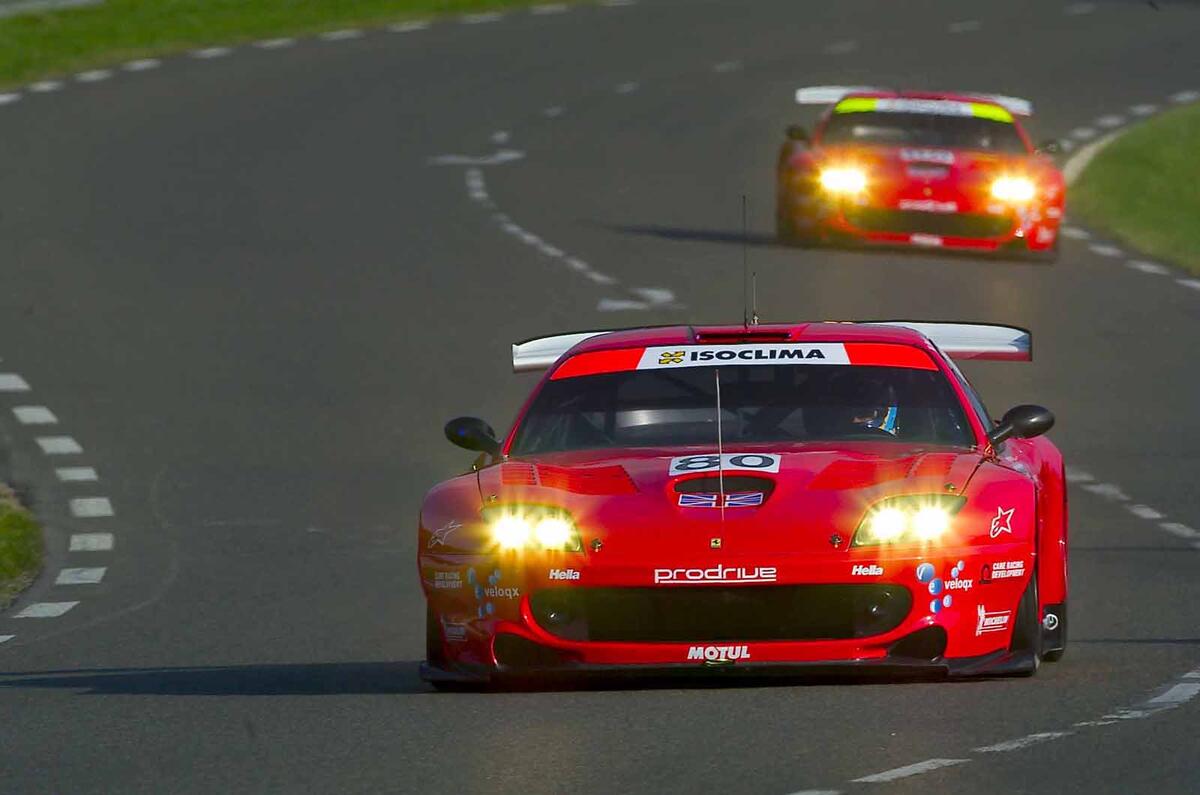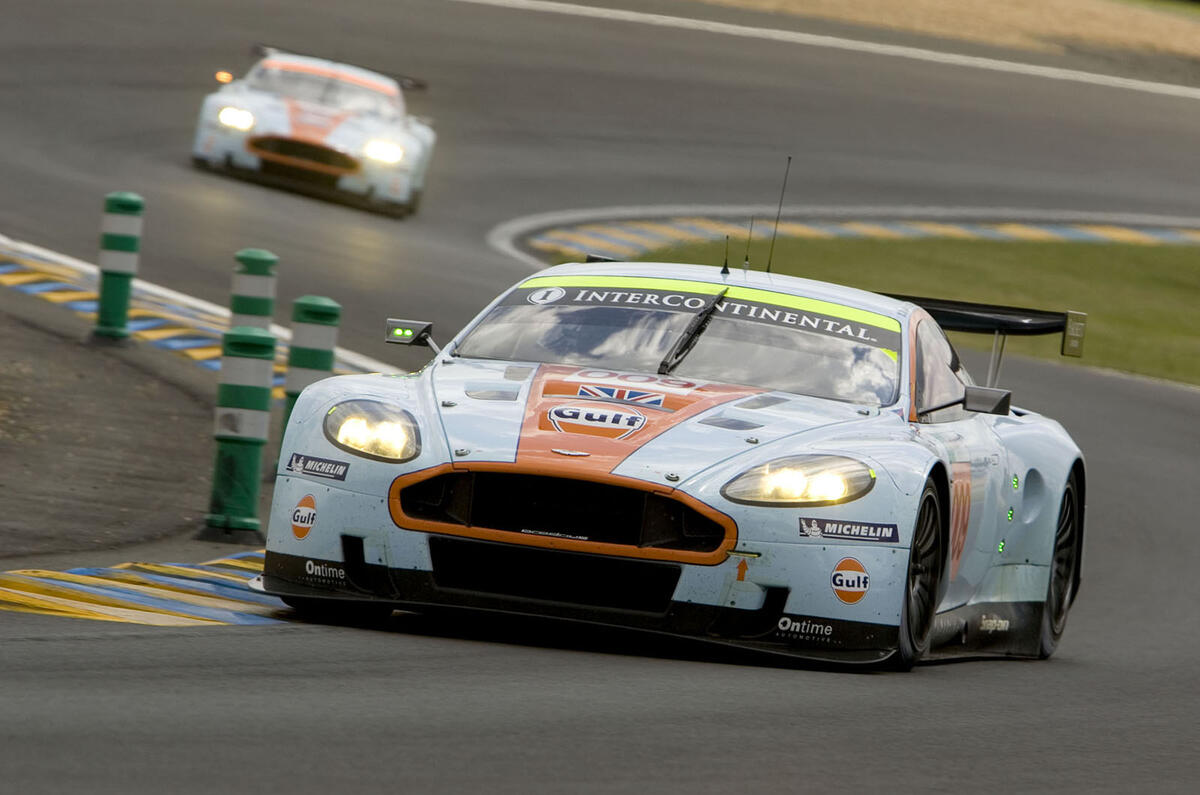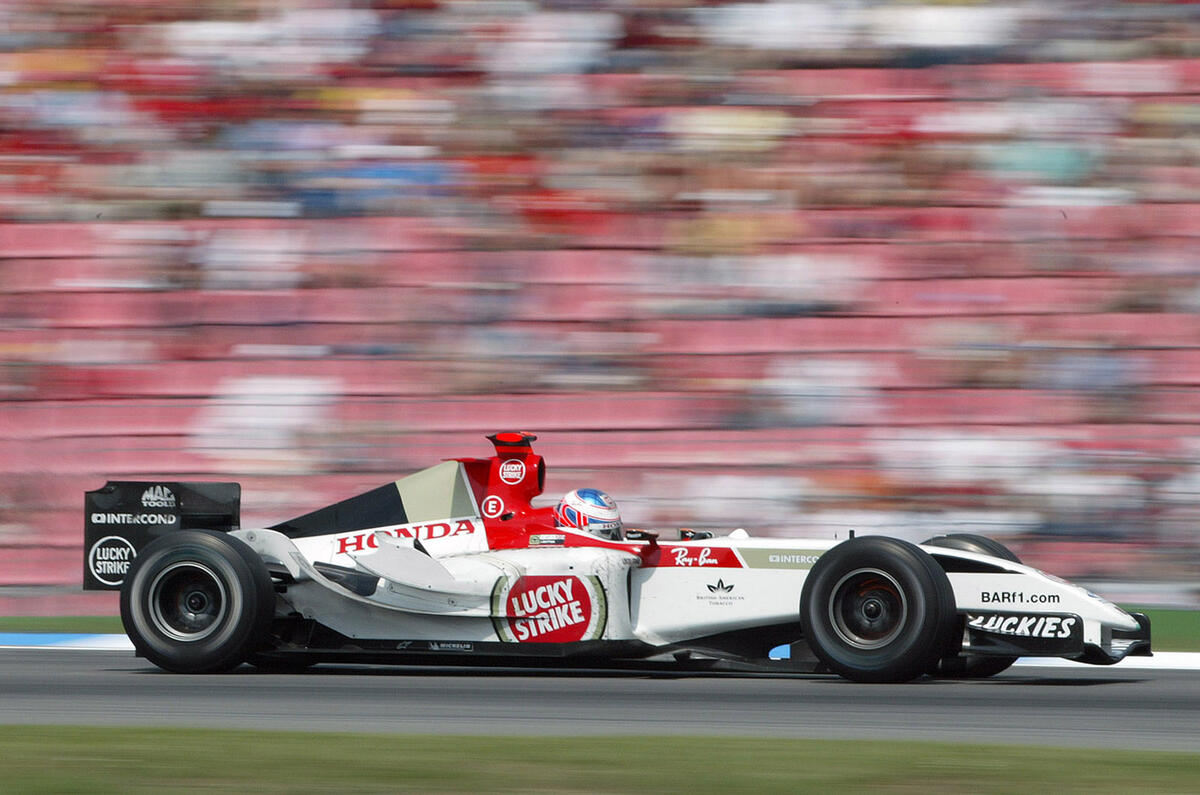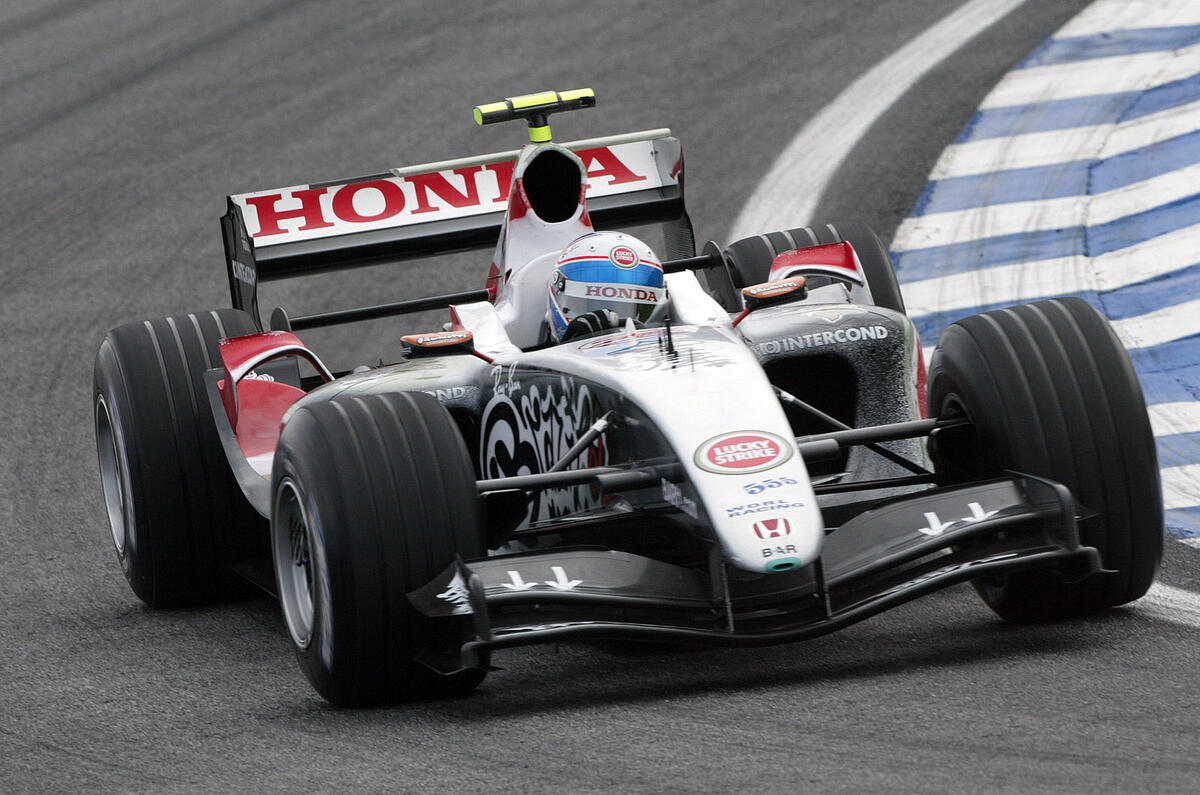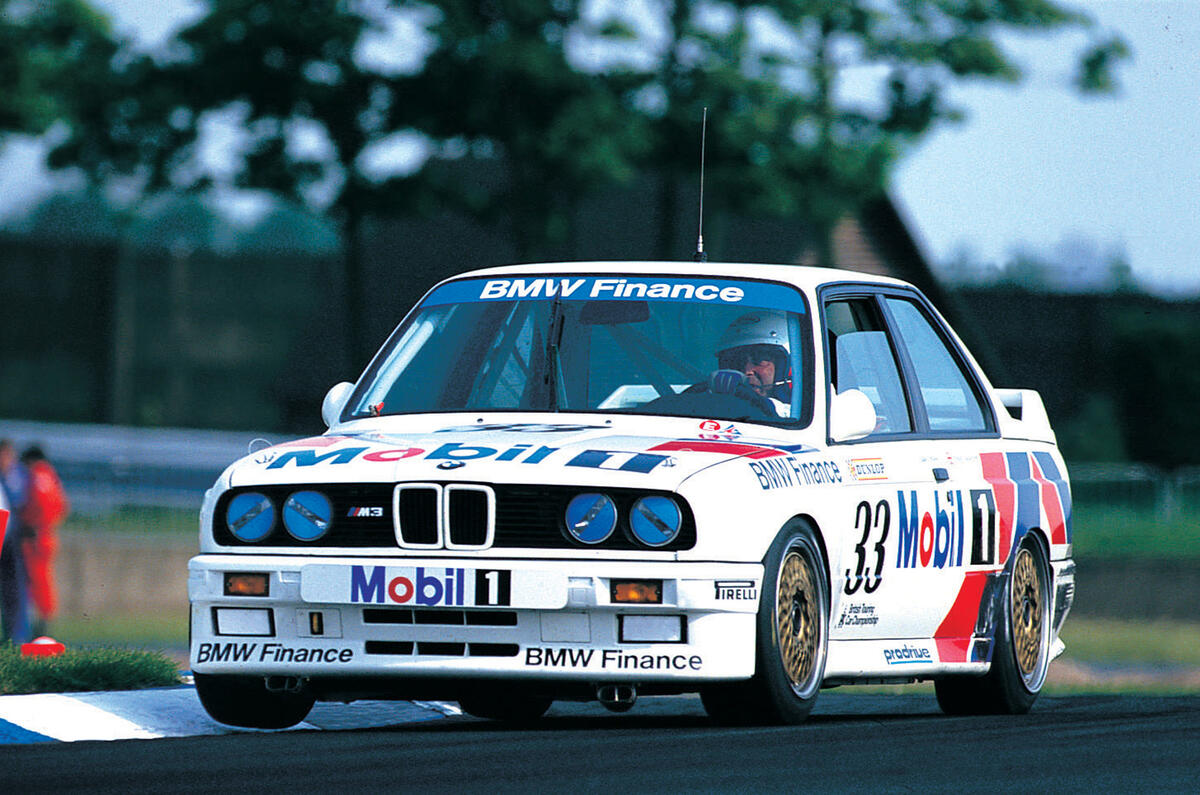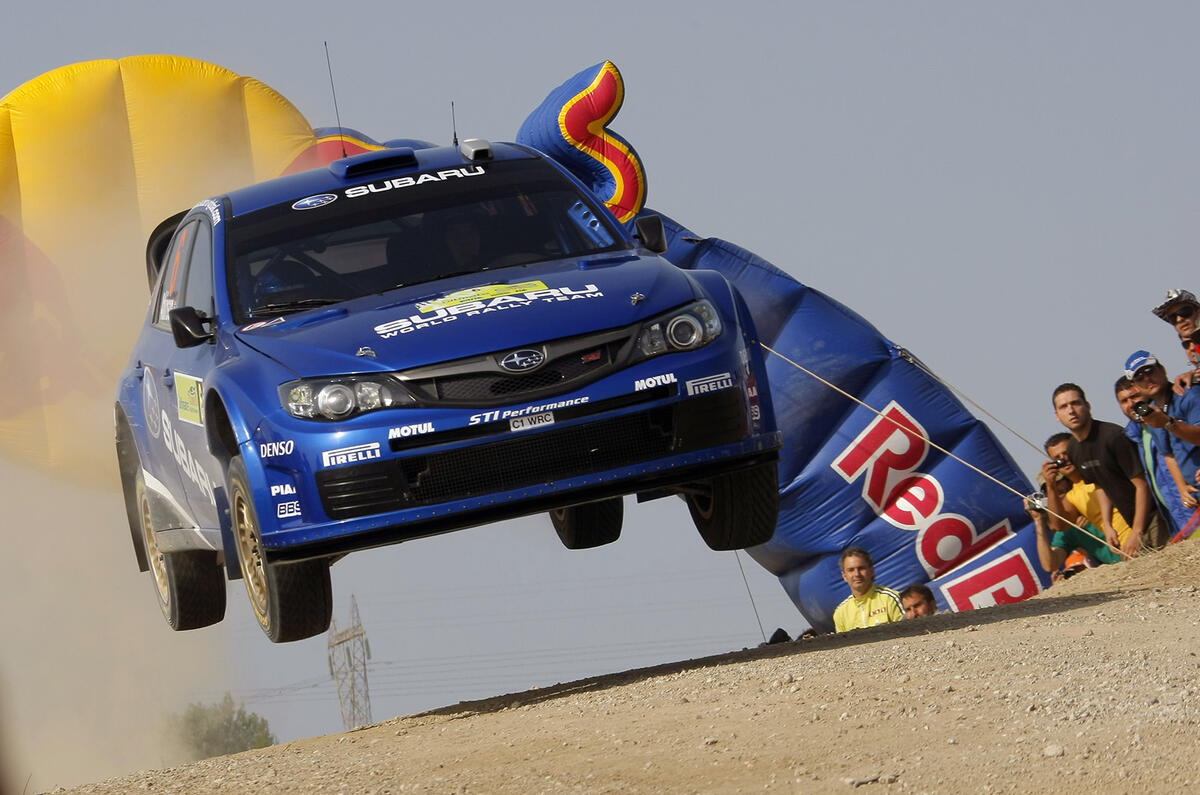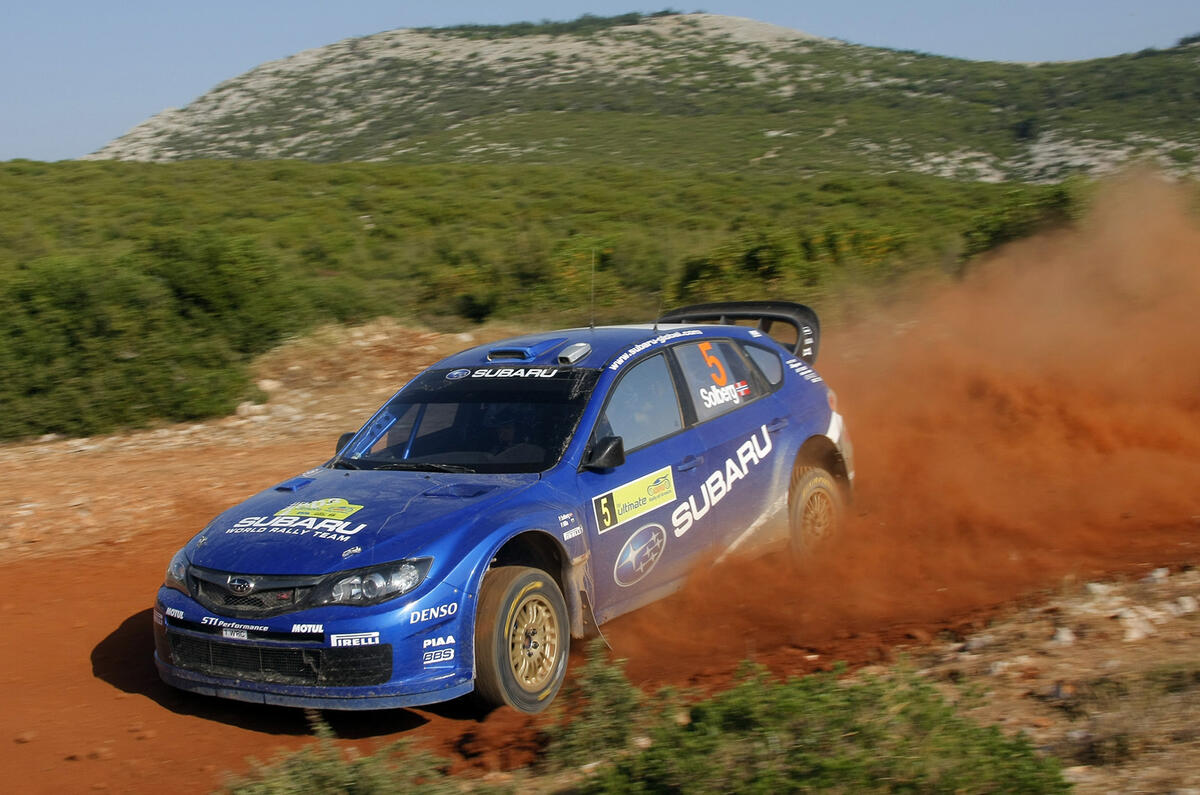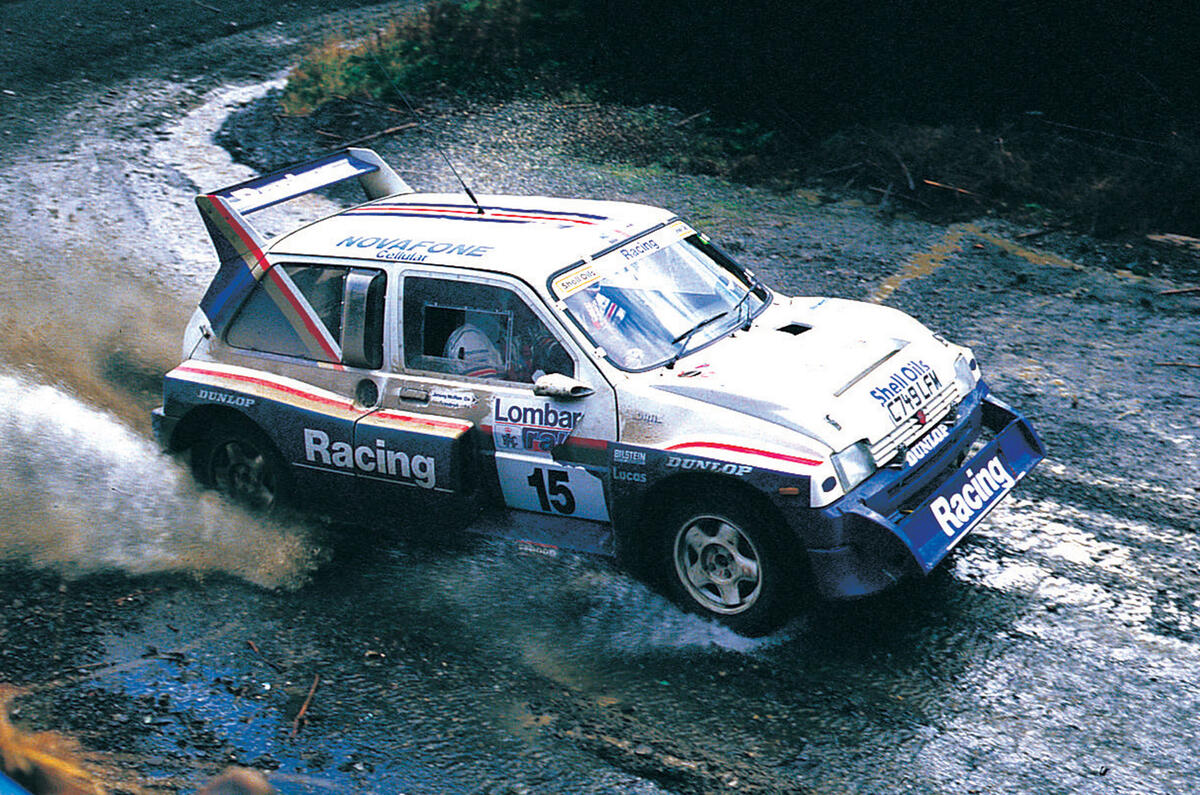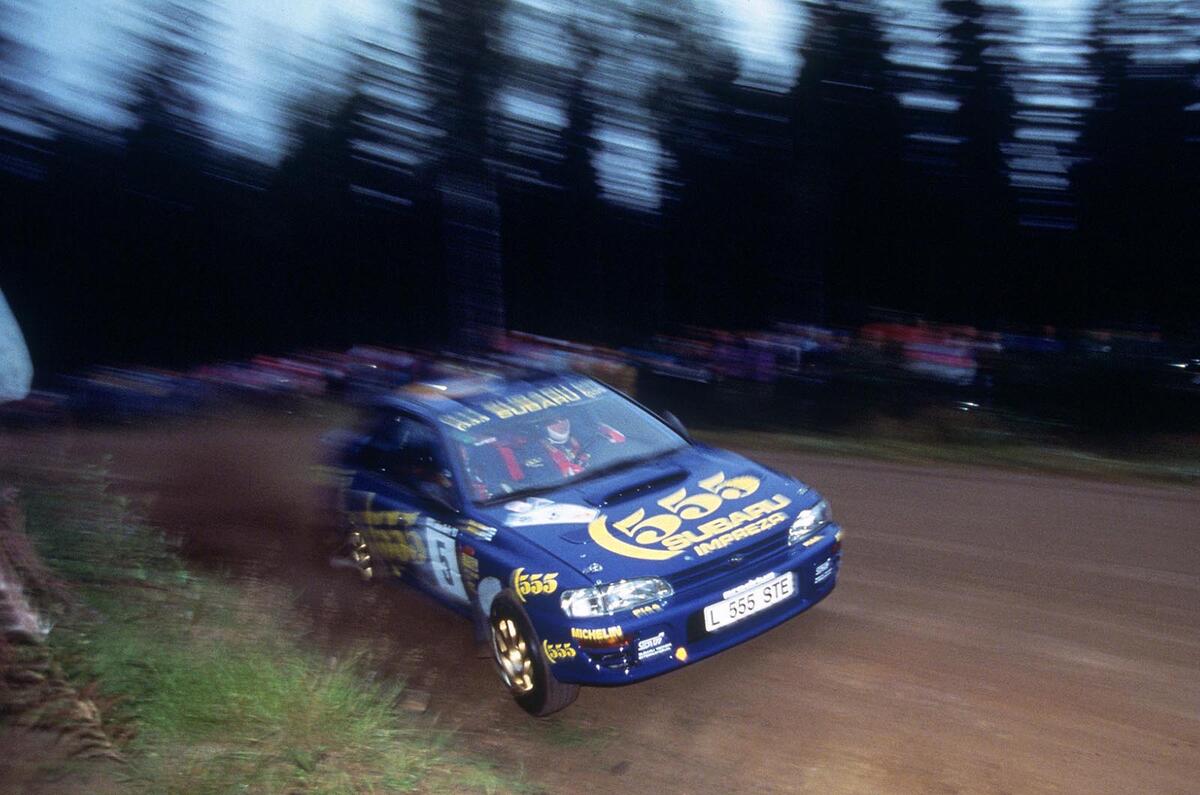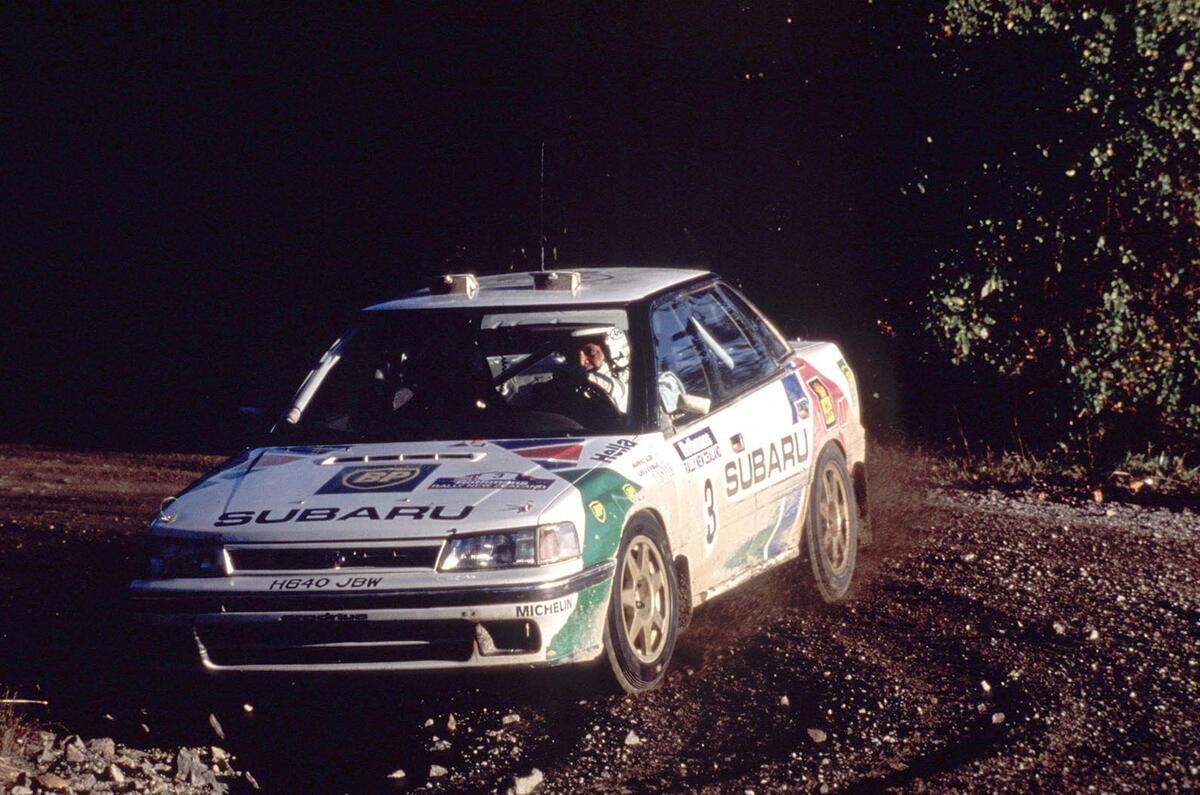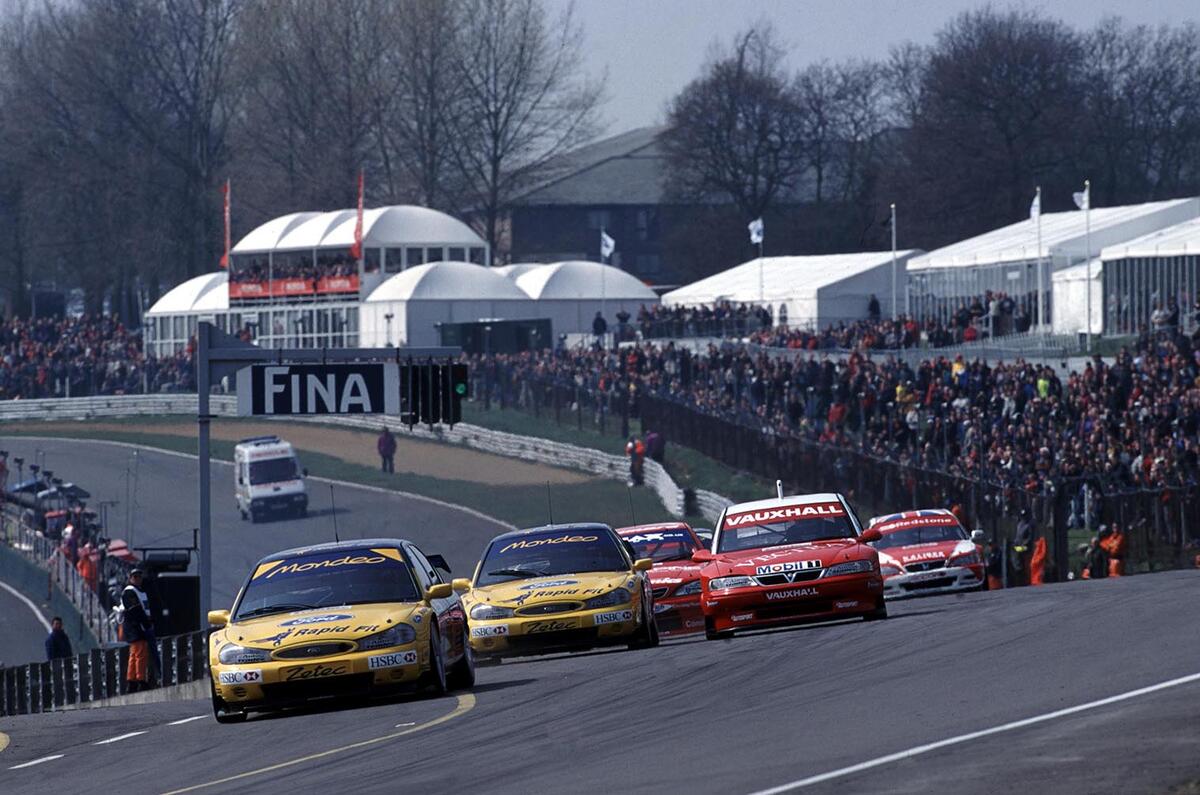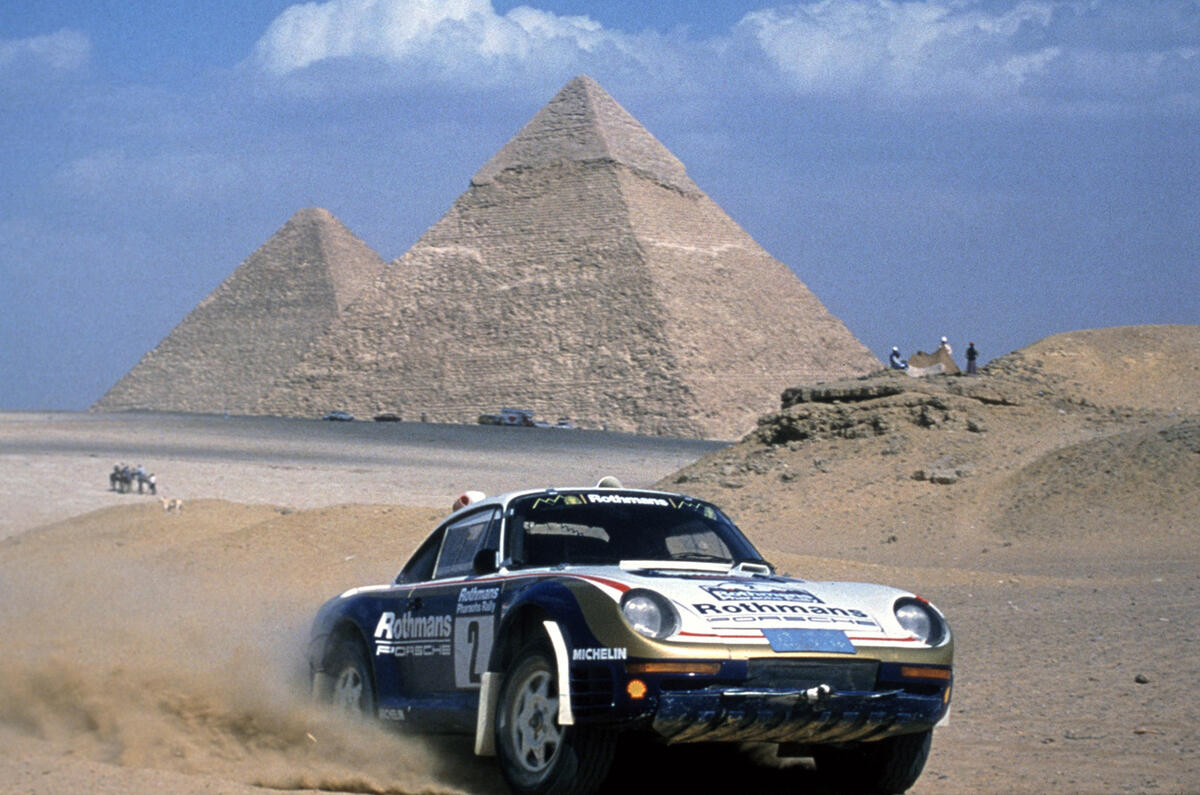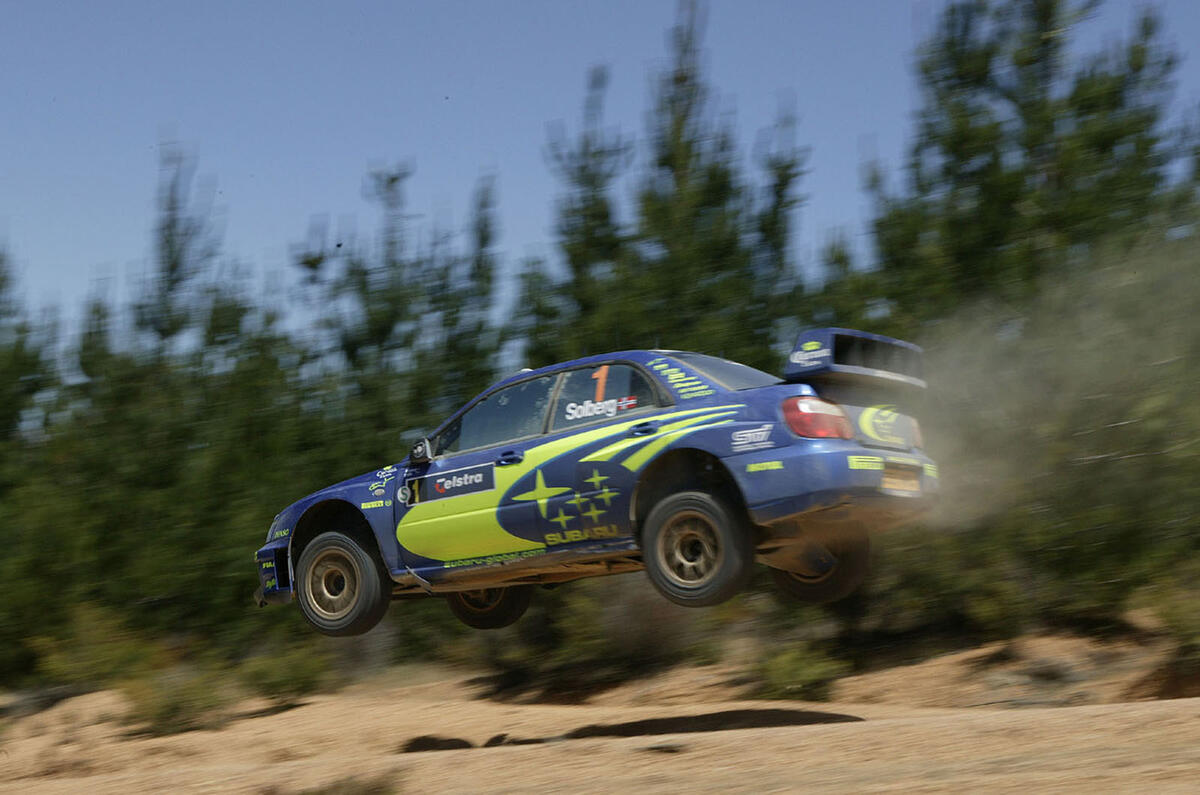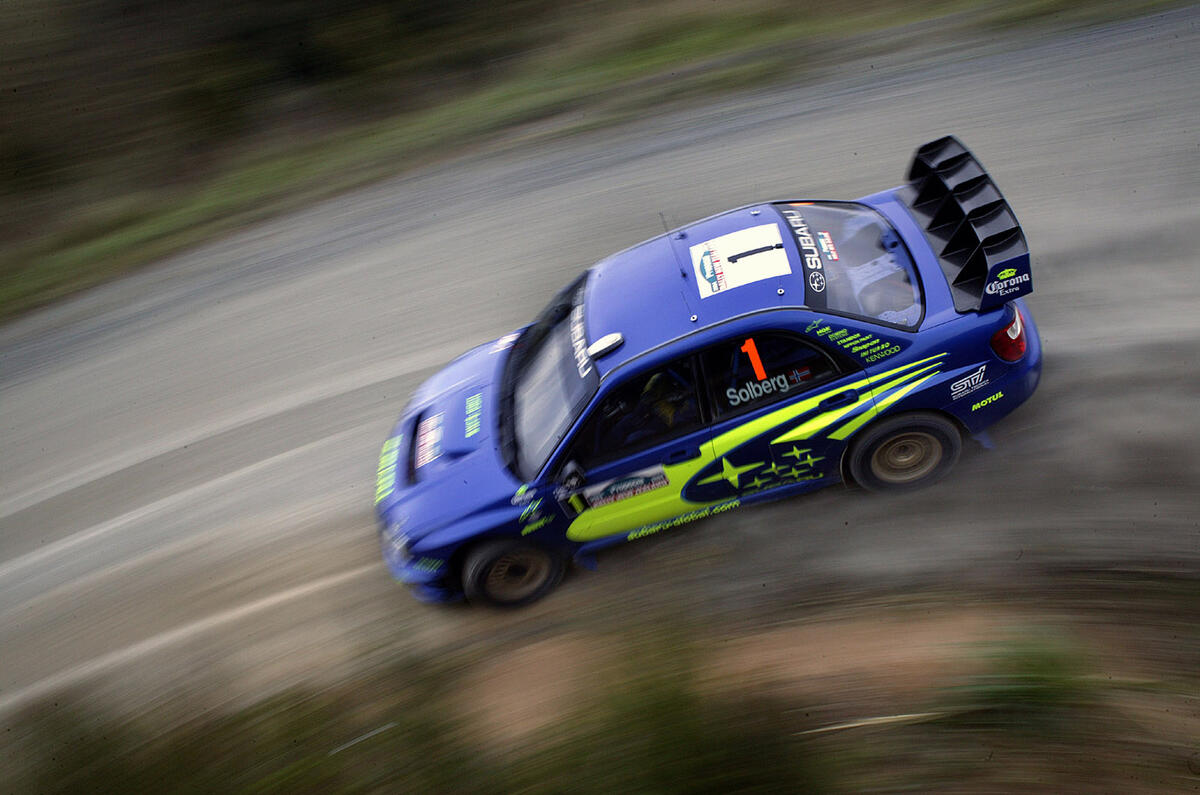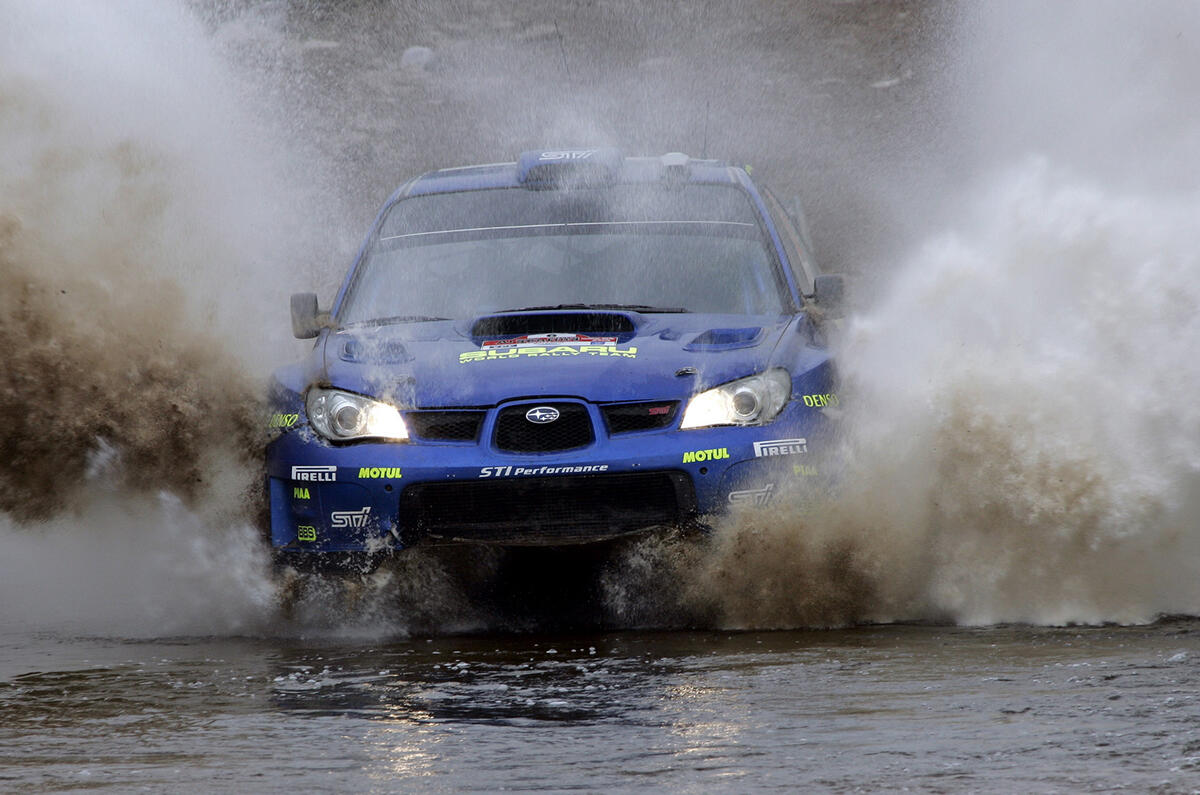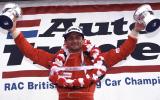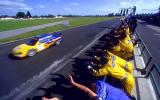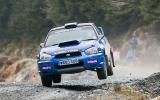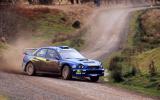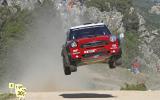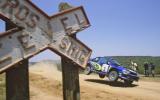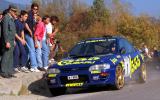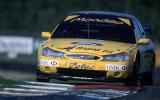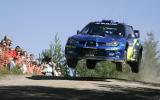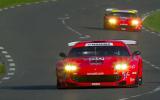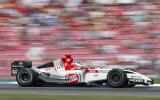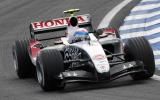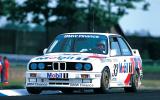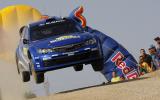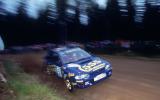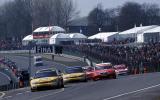When car fanatics read Prodrive, the first image they usually recall is the 555-liveried blue Subaru Impreza Group A rally car, popping through a Welsh forest or screeching along a Catalan mountain pass at 100mph.
And rightly so. For the Oxfordshire-based company in Banbury was responsible for no less than six World Rally Championship titles with the Japanese car maker.
However, while Prodrive is best known for its 19-year partnership with Subaru, around half of all its 871 rally car starts were made with other manufacturers including Porsche, MG, BMW and Mini.
It all began when David Richards, fresh from co-driving Ari Vatanen to the 1981 World Rally Championship, devoted time to developing his business interests. This led to the formation of a rally team and the creation of Prodrive in 1984.
That year, the company entered a Porsche 911 SC RS piloted by Saeed Al Hajri in the Qatar International Rally, the first round of the inaugural FIA Middle East Rally Championship, and won on its debut outing.
Richards recalls that event: “We entered a fairly standard Porsche 911 in our first rally in Qatar and survived numerous problems, as the car was far more suited to the race track than desert roads. The Porsche came straight from the factory in Germany and it was to be the first of numerous successes we enjoyed with Saeed Al Hajri, but winning our first event was particularly memorable.”
The company first competed in the WRC in 1984 at the Acropolis Rally and would win its first WRC event in a privately entered BMW E30 M3 driven by Bernard Beguin at the Tour de Corse in 1987.
The Prodrive chairman believes to single out just one of the successes and the particular people involved would be unfair, because over the last 30 years various employees have had their fair share of success and disappointment.
“For me, there are a series of highlights rather than one outstanding success. Obviously Colin [McRae] winning the World Rally Championship was a very special day for everyone here and British motorsport in general. Taking Aston Martin back to Le Mans was something very special and winning the British Touring Car titles with the Ford Mondeo and Alain Menu.”
In 2002, Prodrive expanded further, taking the plunge into the ultra-expensive world of Formula One when British American Tobacco head-hunted Prodrive to manage the (at that time) unsuccessful constructor BAR-Honda. David Richards was immediately made team principal and within two years BAR-Honda had finished second in the constructor’s championship – only to Ferrari. The following year British American Tobacco sold the team to Honda and Prodrive’s contract with the team immediately ended.
So how did Prodrive find the transition from British touring cars, WRC and Le Mans to when Formula One was at its peak in terms of spiralling costs and outright speed?
“The numbers (of people and costs) were bigger and the skill sets were slightly different in the way you apply them, but the management of the teams and application of resources are very similar. At the end of the day, you’re trying to get a motor car around a circuit faster than anybody else.
“And the fact the detail required on a Formula One car and the technologies are radically different from those that you use a rally car to win the Monte Carlo rally, but it’s still the same philosophy behind it all. It’s all about people at the end of the day, and getting the people right and getting the whole organisation working effectively,” Richards says with an endearing passion.
With the increase in resources and technical sophistication comes an increase in total costs. But as Richards explains, the differences are not just about total costs.
“There will be a threshold of costs - obviously there are certain must-haves you have to pay for. But everything from there-on goes incrementally to make the car go faster. We do a value equation that says for ‘X’ amount of pounds we expect to go ‘X’ amount faster.
“The real driver is value, not cost. The real driver says ‘how much is it worth for us to win a world title or win a grand prix, therefore that is how much we’re prepared to pay’. And the fact that Ferrari is prepared to pay a bit more or Red Bull… That’s the value they place on winning! And that’s what drives the cost equation.”
Prodrive applied for re-entry into Formula One for the 2008 and 2010 seasons, but with the ban on use of customer chassis, the project was abandoned. The firm still keeps a watchful eye on the sport, though.
“We look at Formula One on a regular basis and we work closely with a number of companies in that area. But so many decisions by individuals in Formula One, or entries into Formula One, are not made on a rational or commercial basis.
“We employ 500-600 people here at Prodrive and our decisions have to be based on a stable business environment for those employees. We can’t take wild, rash decisions. And if you look at the financial positions of the lower teams in Formula One today, they’re very precarious and not somewhere where I wish to see Prodrive,” he says.
Six WRC titles, three Le Mans titles and four BTCC titles speak for themselves. And Richards believes it’s the diversity of the operation that sets Prodrive apart from its rivals and how they were able to be successful.
“We have that breadth that sets us apart from most of our competitors in the motorsport world who tend to be very focused on their own niche.
“On the other side of the fence, our other competitors don’t have that competition ethos engrained into the organisation like we do – that ‘must win’ ethos that is embedded in the whole culture of Prodrive.”
However, things haven’t always gone to plan for the firm. In 2011, the company embarked on a new Le Mans LMP1 programme with the Aston Martin Racing AMR-One car. At the 24 Hours of Le Mans that year, the 009 car retired after only two laps and the 007 car spent four hours in the pits before retiring, having only completed four laps.
“We tried to embark on a project too late, with too little resource. We had a very successful GT programme, which served its purpose well, and I think we just took on too much that year.
“I think the bravest decision was to take stock of the position after Le Mans and say ‘No, we’re going to stop now’. We looked at the whole situation and thought ‘Let’s go back to our roots, let’s go GT racing again. Let’s get the GT category sorted out properly.’ Recent past has proven that was the right decision and the results have proven it,” he says.
The WRC is potentially witnessing a resurgence of interest from car manufacturers, with Hyundai signing up for next year. Meanwhile, Prodrive is biding its time to see how future plans unfold.
“We’re ready to go back into the WRC at any time and we’ve got the skill sets and the pedigree to support that.
“However, today it’s still a manufacturer-dominated series and you need appropriate budgets to compete with the likes of Volkswagen. But, if the some of the plans that the FIA has now got in their long-term strategy come to fruition, I think it will open up the opportunity for the likes of Prodrive to come back and be very competitive in it,” Richards says.
Last year, Prodrive made its debut in Global Rallycross, providing Liam Doran with a Mini for three X Games rounds and Dave Mirra at the final two events of the season. Richards remains optimistic on the potential of rallycross.
“I see little reason why rallycross can’t reach the heights in its heyday many years ago, when it was on Grandstand on a Saturday afternoon, and it was the motorsport category in those days.
“The drivers were household names and it had a great public appeal. X Games in America has proven a great success and now with IMG behind the rallycross programme, I’m feeling very positive about it.”
And it appears the company is always on the lookout for new challenges and to perhaps broaden its horizons.
“We’ve had discussions with a number of people in Formula E and I feel very positive about it. The exciting thing about it is the opportunity to develop new technologies in motorsport, which in the main is lost in the rest of motorsport right now - we’re fine-tuning, rather than being creative and inventive.
“All forms of motorsport are looking for ways to make themselves more environmentally -friendly. We’ve seen it in Formula One and sports car racing recently, so they’re all trying to steal that territory and Formula E really does base its whole proposition on that, so it’s got a lot going for it in that respect.”
While motorsport still remains core to Prodrive, we have to remember it is just one of four of its businesses which include advanced technology, composites and Brand& - which produces clothing for motorsport teams, automotive and sports brands.
“Prodrive today is a far cry from when we started in 1984 in a small workshop at Silverstone, when the whole company would sit around the lunch table. Nowadays it’s the diverse nature of the business that’s our strength and whilst I’m certain we will still be racing cars in the future, I’m equally certain that the technology we’ll be applying will be quite different to that of today.”
Whether or not Prodrive can replicate the dizzying heights of success it achieved in the 1990s and 2000s will remain to be seen, but here’s to the next 30 years…
Aaron Smith

